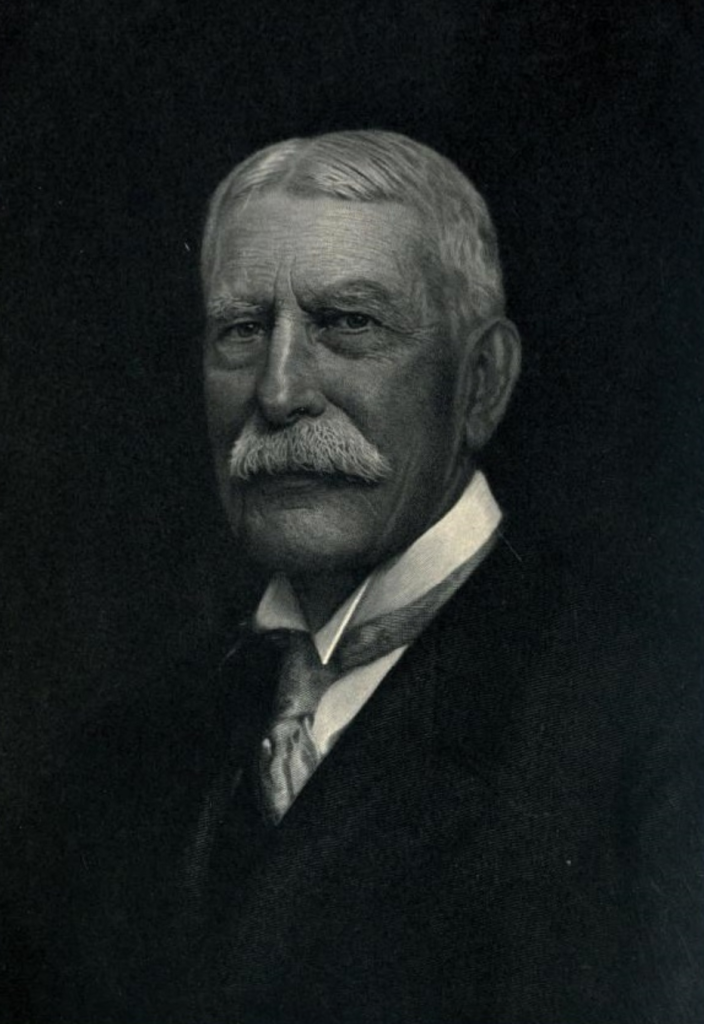Imani Woodin: Miami as Text 2021-2022

Imani Woodin is a sophomore at Florida International University majoring in international relations with a minor in Portuguese. Starting her life in Kenya, moving around the state of Florida, and living as an exchange student in Brazil fueled her intrigue in learning about people and places. As someone who is fascinated by art, nature, language, and life, she is more than ready to explore Miami through this course.
Downtown as Text
By Imani Woodin of FIU at Downtown Miami, 01 September 2021
It’s so easy to romanticize a city like Miami: The ocean breeze. The palm trees. The fresh mangoes and limes. But when we only pay attention to the easy parts of the city, we oversimplify and ignore its past and present issues.

One of the first stops we made in our tour of downtown was to the Longhouse in Lummus Park (Miami River), less than a mile from the city’s government center. The structure was built in the 1840s by enslaved African people- only 20 something years after Spain sold Florida to the US in 1821. Seeing this building in the heart of Miami unveiled a truth that I had considered but never really learned about: the foundation of this city- just like every other American city- is built off of the labor of displaced, enslaved Africans.
It was enlightening to learn that this structure was built by the hands of enslaved people, however I did not notice any signs or plaques that shared this information. I believe that it is important to educate the public about these details. Not only will people have a deeper understanding about the foundation of the city, they’ll also have a realer interpretation of how Miami is impacted by the sociocultural hierarchy in place.
Many Floridians try to shrug off our state’s history when it comes to slavery, segregation, racism, and the byproducts of these horrors. However this mentality is dangerous. It undermines the experience of the persecuted along with their descendants.
The horror and glory of the city of Miami can be personified in the man, the myth, the menace- Henry Flagler. On one hand, Flagler, who co-founded Standard Oil with John D. Rockefeller, connected Miami to the rest of the United States by adding it as a destination to his Florida East Coast Railway. On the other hand, Flagler openly disgraced native culture when he flattened and removed a Tequesta burial mound to build his hotel. On top of that, Flagler introduced segregation to Miami and displaced a black diaspora community of American southerners and Caribbean immigrants to an area called Overtown (formerly referred to as Colored Town). The black population dealt with unequal educational and professional opportunities, which still linger today as more than half of Overtown residents live below the poverty level; 34% are unemployed; a large percentage of youth are neither in school or working.

After visiting the Longhouse, we went to the Dade County Courthouse. At the front of the Courthouse stands a statue of Henry Flagler. I chose this photo of the courthouse specifically because sitting at the steps before his statue sat a black woman who appeared to be homeless. I couldn’t help but to think to myself that this woman who carried her life in reusable bags and looked to be in poor health, was in her situation in part because of Flager’s actions.
One of my classmates, Amaranta, asked if it was ethical to have a statue of Flagler in the city. I’ll leave that for you to decide.

After the Courthouse, we found our way to the Miami River, which was once the source of fresh drinking water before early developers of the city dumped raw sewage into it. I don’t know how many times I’ve passed the waterway since moving to this city in January, but I never realized the history or significance of this site until this day.

Our final destination was to History Miami. One display that caught my eye exhibited African American leaders from the city, including figures such as Florence Gaskins who organized the Black Junior Red Cross during World War I and opened the first black employment agency in the 1920s. This section of the museum was significant to me because in school I never learned about black leaders who helped the black community- only black leaders whose work was significant enough for the white patriarchy to pay attention to. Although figures such as MLK are important, it’s essential to celebrate individuals who helped to improve their marginalized community. Sadly their impact is overseen by most educators in this country. This recognition not only gives young people of color idols to look up to, but it also humanizes black figures of the past for those who might not be familiar with their plight.
This type of education demonstrates that there is no one race in Miami (or in this country)- the city is made up of several communities who took care of themselves when the groups in power refused to. Educating locals and visitors on the several different groups that reside in this city opens a forum in which we can all relate to one another and become more considerate of our neighbor’s history, struggles, and customs.

On the bus back home from downtown I saw this sign and thought it was a perfect summarization of Miami. Diversity has been a defining factor of this city, and everyone who is presently in Miami, whether residing or visiting, is a small yet significant part of the city. Whether you’re walking Ocean Drive or driving through Westchester, we all feel pride in hearing people singing or rapping about being at Miami Beach or bragging to northerners about how winter is not a word in our vocabulary, however we need to balance that honor with consideration and inclusion, which has been put on the back burner for so many.
Make sure to educate yourself and the people around you on the full history of this city or whichever city you live in. Make sure to teach the next generation about what came before them and make sure it’s the whole truth- from multiple perspectives. If you want to learn more about Miami’s history, you can start by visiting http://hiddenhistorymiami.com/.
Overtown as Text
By Imani Woodin of FIU at Overtown Miami, 15 September 2021
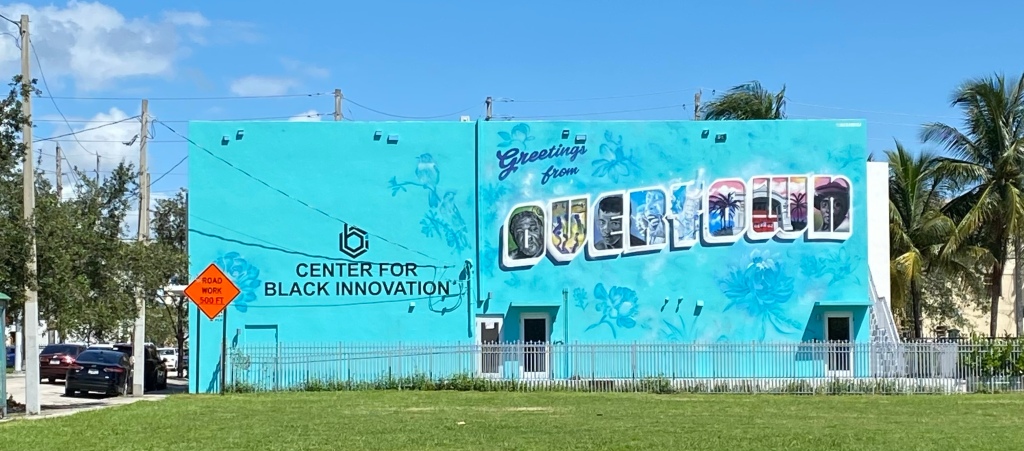
What stuck to me the most about Overtown was how hospitable the people were. Although Miami is a vibrant city, it isn’t exactly known for having the sweetest people. Overtown, the people went out of their way to say hi and to thank us for visiting. (I learned that the city is called Overtown because it was the second black settlement in Miami, which was “over town” from the first one in Coconut Grove. When you hear the locals talk about the area, they don’t say “in Overtown the people are so kind,” they say “Over town the people are so kind.”)
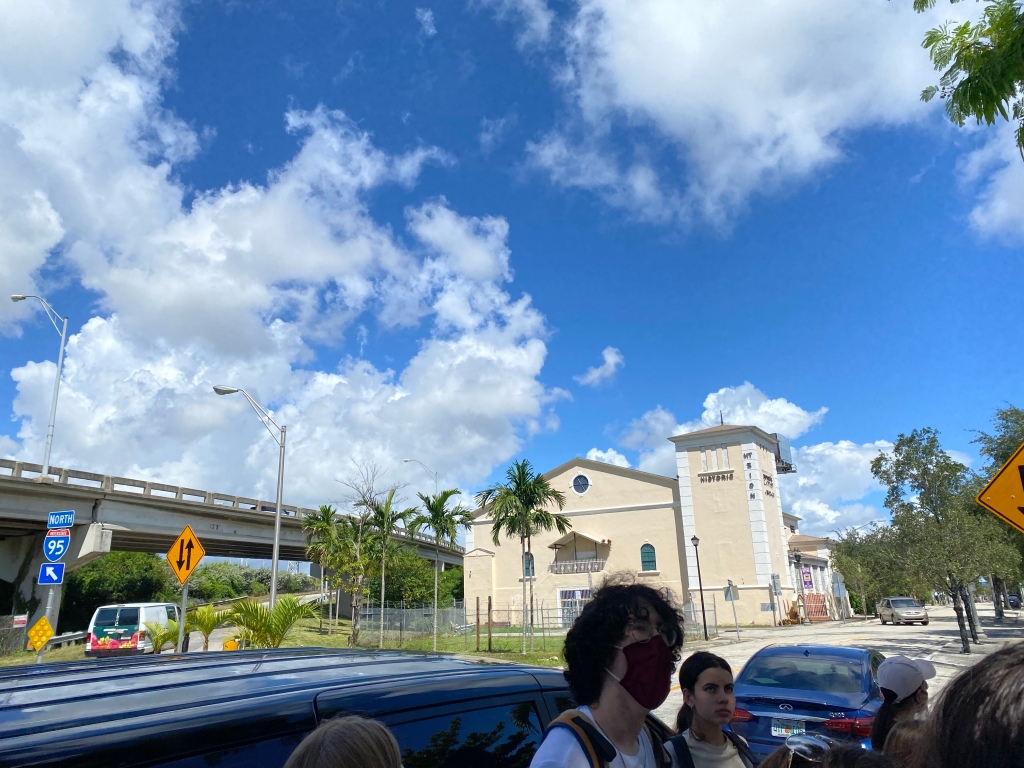
I think the people Overtown might have been so appreciative of our visit because most the people who go there don’t go with open hearts to embrace the history and to meet the people. Instead they go in with green eyes, looking to see how much of it they can take. Gentrification trickled Overtown slowly but surely. The event that broke Overtown was the construction of I-95. Now they see it in other ways. Sometimes it’s a blueprint for another 40 story building. Then the rent goes up another $100. Every day it gets more and more flooded with new living expenses until the people who’ve lived in the area all their lives can’t afford to stay there any more.
One of the locals who saw us walking around pointed at a skyscraper and said “do you see that? they tore down my elementary school to build that.”
The town part of Overtown is getting phased out for the bustle and the expenses of the city to come through and the community that once thrived is getting pushed away.
Some of the only original structures standing in the area are two churches: Greater Bethel African Methodist Episcopal and The Historic Mt. Zion Missionary Baptist Church. So many historical moments happened in them: MLK spoke in both of them, in fact he spoke at Mt. Zion 5 days before he passed away. Sit-ins that changed the way this country functions were planned in both churches. Not only are these places where people went to realign themselves sprititually, these are hubs where people came together to uplift one another and to change their community for the better.

Both the Greater Bethel African Methodist Episcopal and The Historic Mt. Zion Missionary Baptist Church was special, however our visit to Mt. Zion resonated with me the most. There, we met a woman named Linda Rodgers. I’d never met anyone who spoke with such eloquence. Her presence is what I envisioned it to be like if I’d ever met Maya Angelou. Not only could she capture an audience and maintain an unwavering composure, but she also told us stories of her interactions with influential people such as Martin Luther King Jr, who she said visited the church she attended while in college.
At the time she knew him as Martin the church goer. They would see each other every once in a while but what stuck out to Miss Rodgers, she recollected, was while she had to call all the other men at the church by their surnames “he let me call him Martin.”
One day at church, she told us, a couple got into an argument which escalated into a man hitting his wife and knocking her to the ground. As the whole church turned to see what happened, Martin rushed over and helped the woman up then quickly turned to the man to condemn his actions saying, “violence is never the answer.”
That story goes to show that kind gestures go much further than the moment you do it. I doubt that as Reverend King was helping that woman he was thinking about what others would be thinking about him- but that was his character- he was good and he didn’t need recognition for it.
Vizcaya as Text
By Imani Woodin of FIU at Vizcaya, 13 October 2021

As you drive up to the gates of Vizcaya, the greenery of the neighborhood contrasts the concrete plains that cover most of Miami. Along with that, the intricacy of the statues and arches laugh in the face of dull modern architecture that surrounds it.
The long walkway you take before going into Vizcaya gives you a sense of anticipation, like you know something grand is to come. The trees add to the ominosity by covering the full view of the building. Your sense of curiosity and excitement grows with every step you take until you finally get to the pond that sits in front of the home.



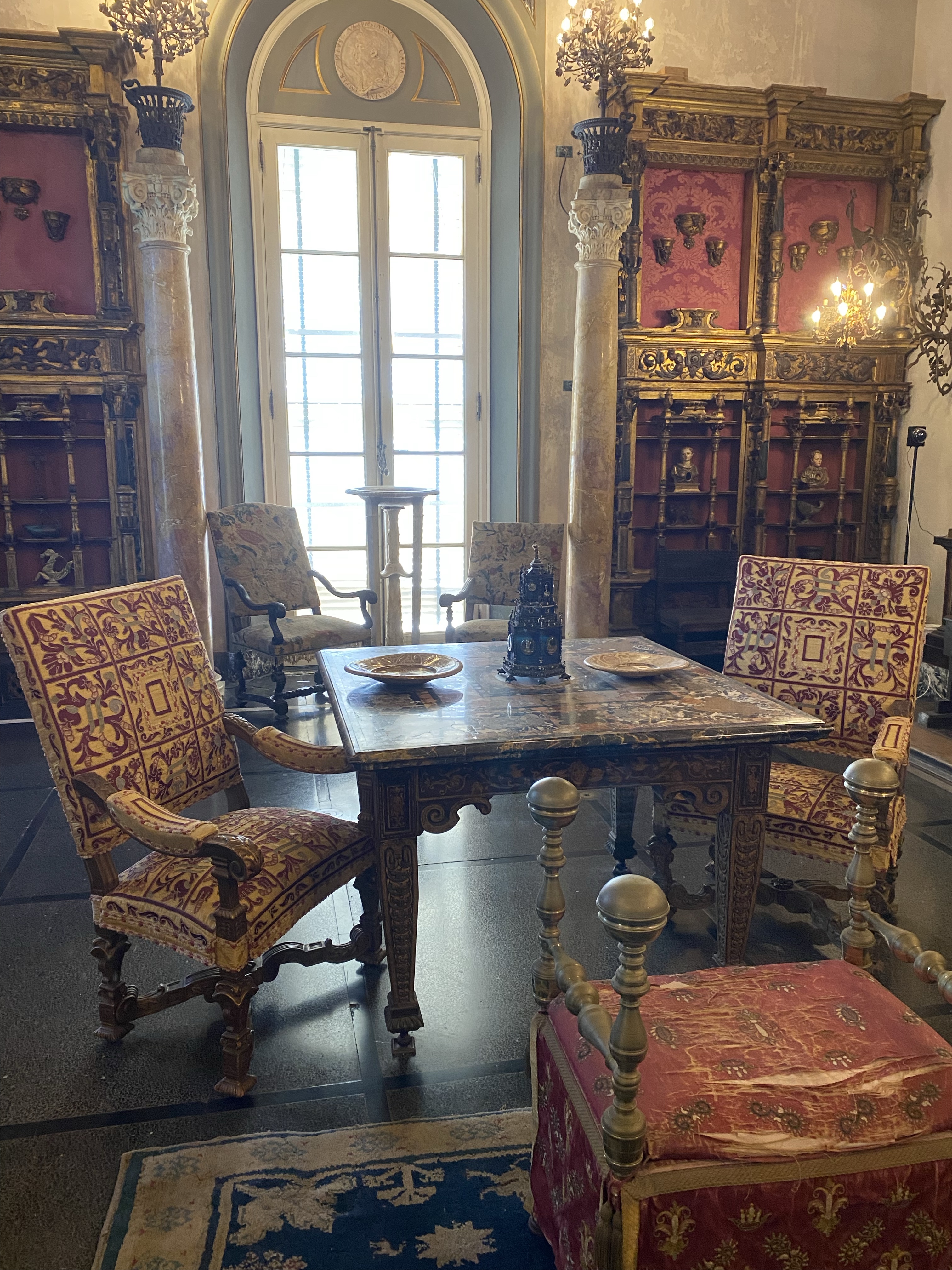





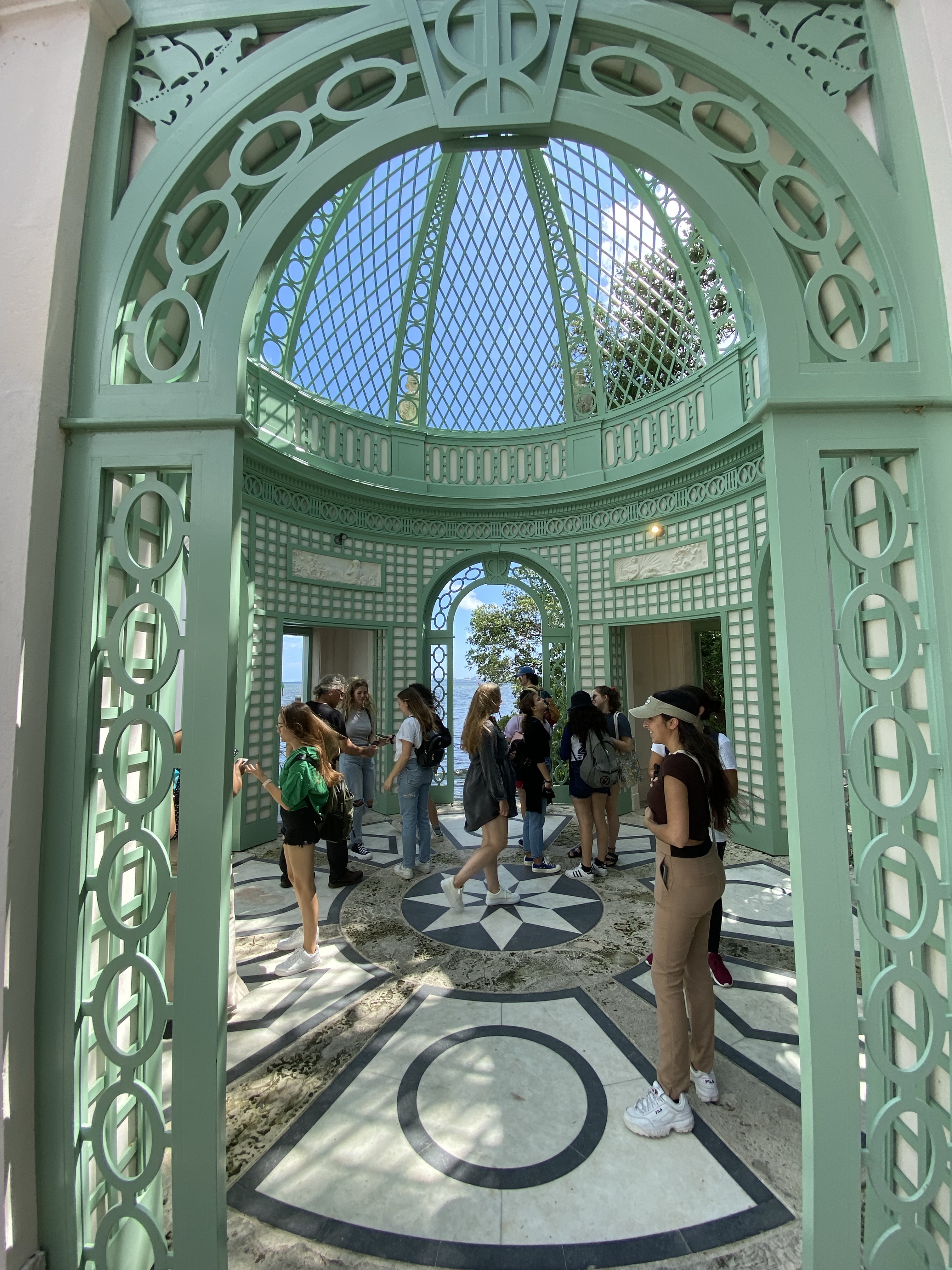
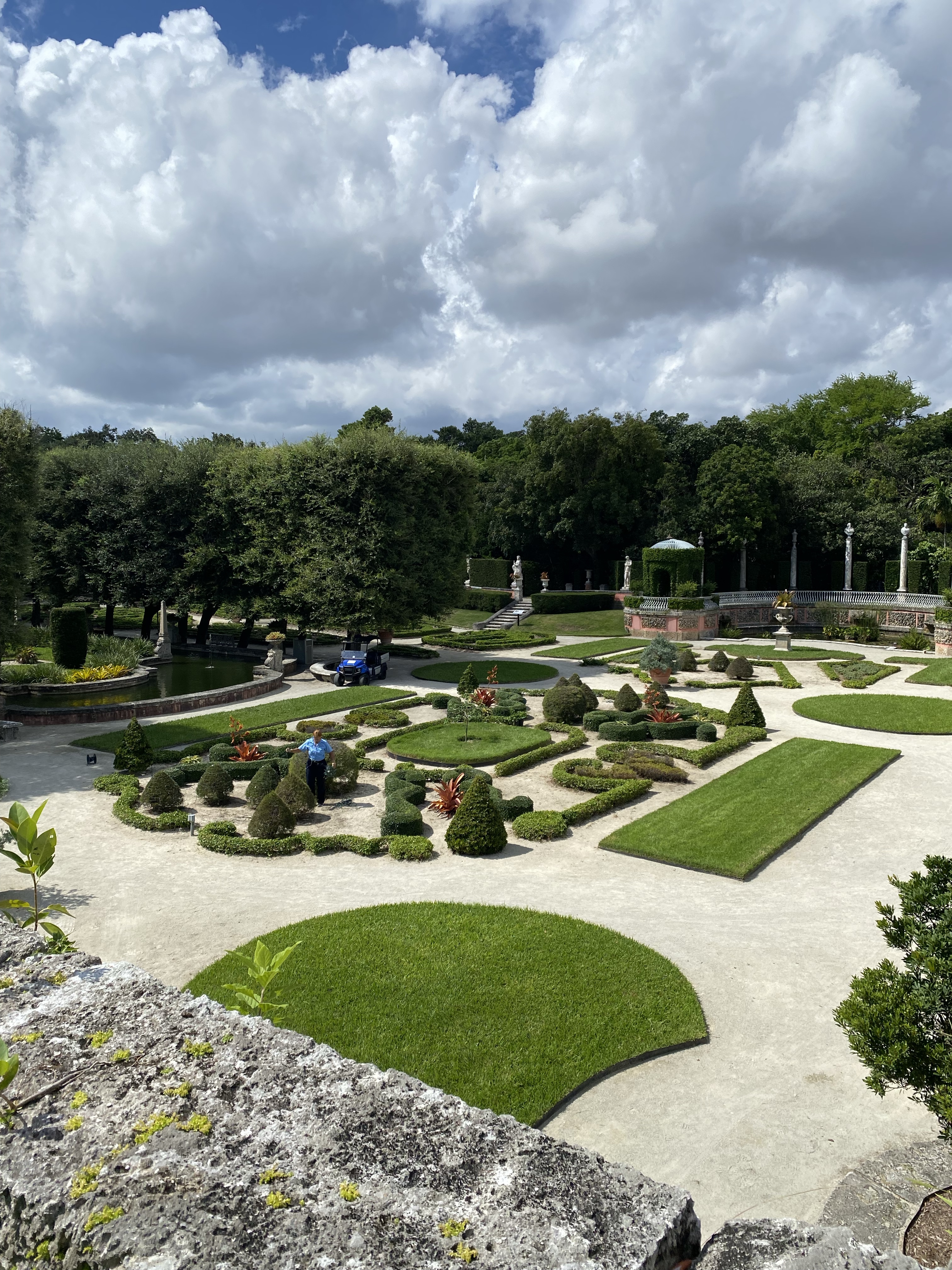
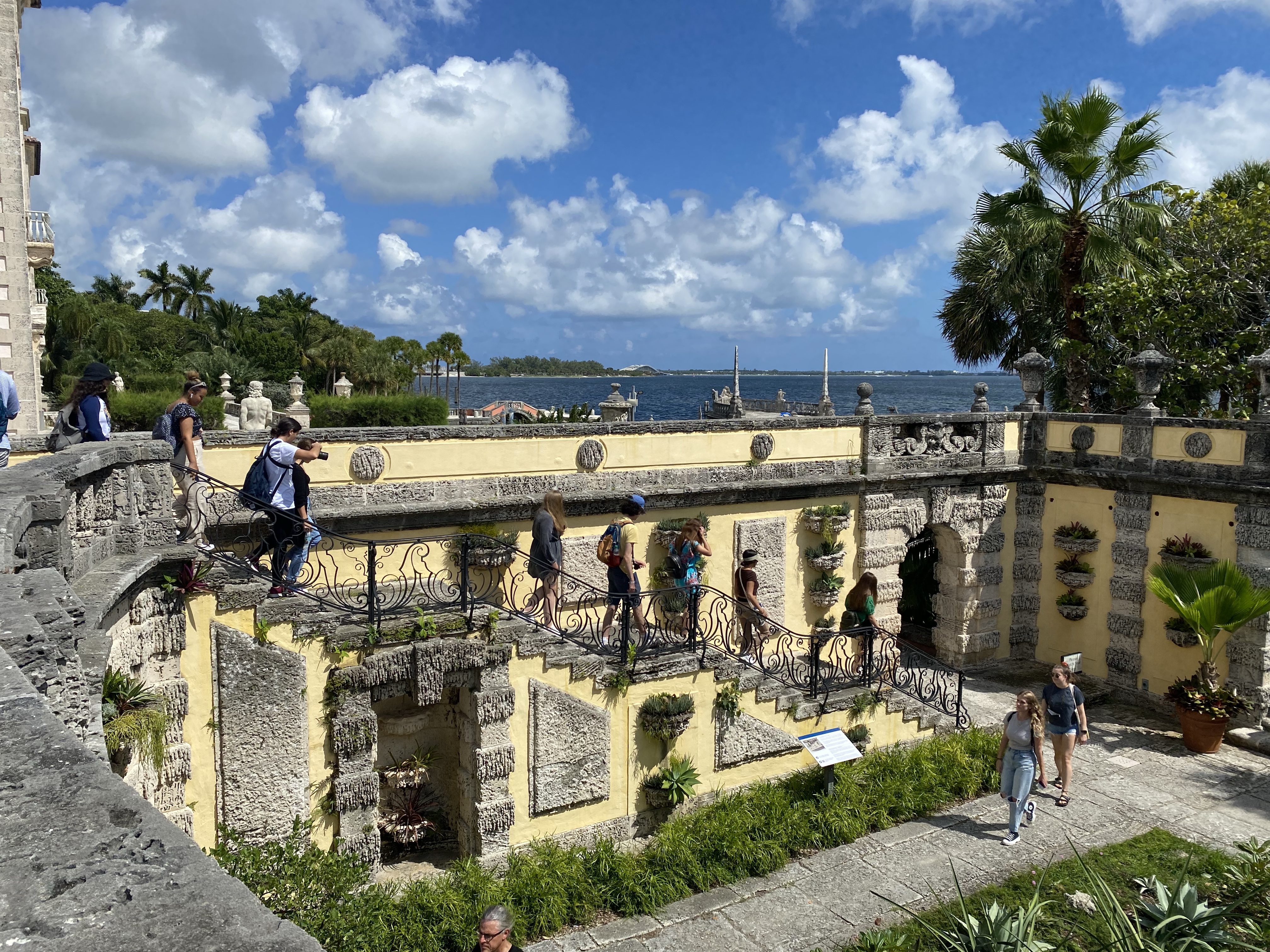

I have this theory that every person wears a house in the same way they would wear clothing. If you imagine it, your uncle would look really different in a pair of Levis than if you wore them. Similarly, when you go into a room in your home, you might like to use the ceiling light while your roommate prefers to use the nightlight on the wall. Maybe your wife prefers lighter colored comforters while you’d choose a darker one. These small differences reflect each person’s style and contribute to how you experience a living space.
When you’re in Vizcaya, you and your roommate don’t need to argue about which light to pick or which color scheme to choose from- all you have to do is explore every room so you each can enjoy the one that matches your style. Each room has its own atmosphere. For minimalists, you might enjoy the entrance room which is centered around symmetry, as you can see in its paintings and the reflection of the floor and ceiling patterns. For those who appreciate music, there’s a music room and for those who enjoy haphazard environments, you might prefer the north hall for its rococo style. There’s something for everyone to love there: even in the most flamboyant room there’s some simplicity and in the most simple room there’s flamboyance. Deering not only built a house, but living art. I think he understood that in what he built, everyone is able to experience the house in their own way.
As you walk through Vizcaya, it almost feels like it’s your own. In all its flair, there’s a part of it that you can find which can speak to you. At the beginning of the tour my class took, we saw how Deering chose to keep a statue of Ponce de Leon at the back entrance of Vizcaya. He compared to himself to the explorer, saying they both exported culture. In the sculpture, de Leon is stepping on a globe and at the center of the world is south Florida- specifically Vizcaya. And truly, when you’re in the villa, it feels like center of the world.
South Beach as Text
By Imani Woodin of FIU at South Beach Oct 27 2021.

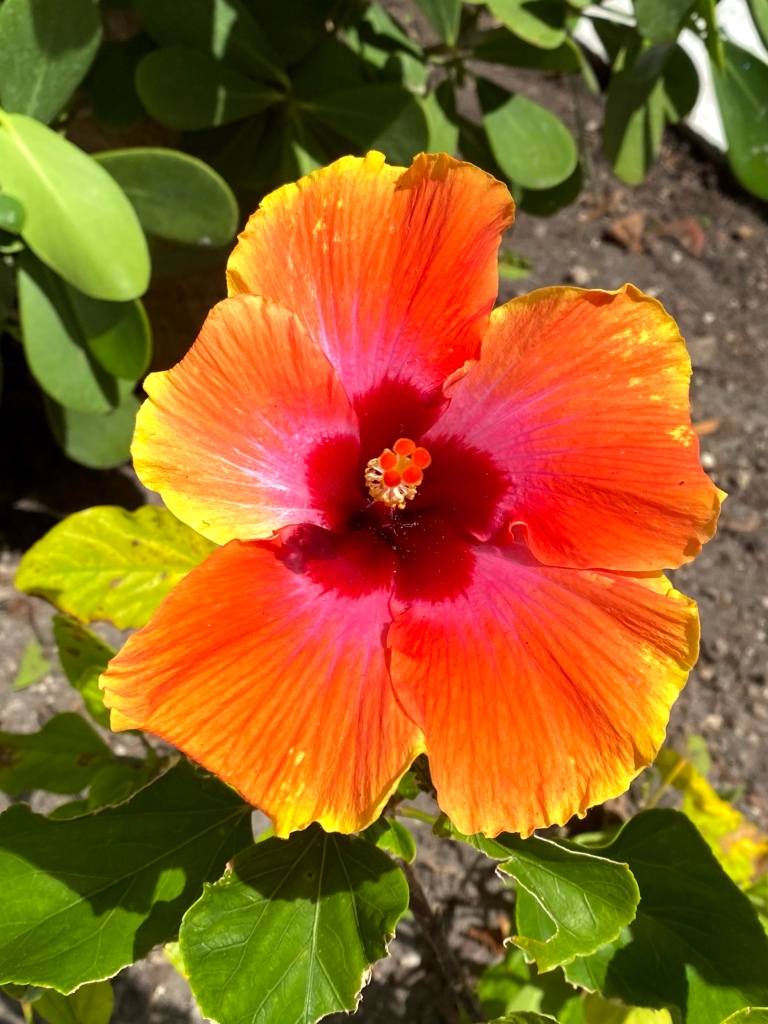
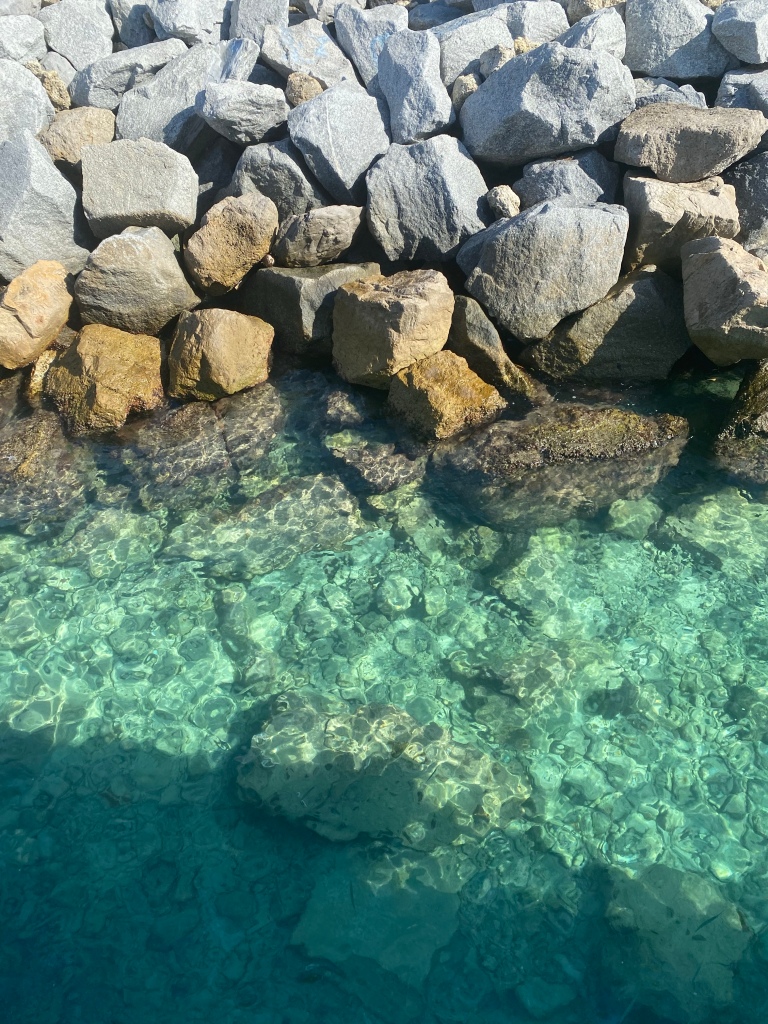
The feeling of the sun hitting my skin on this 87° (31° C) October day reminded me of how beautiful life can be. Something about the air in Miami Beach makes you want to run around like a little kid and just enjoy yourself. Every time I go there, it reminds me of the joy I got from pool days or beach trips when I was younger. As you walk around and look at the the cruise-ship like windows of the art deco buildings or the people of all ages zooming around on their skates, the whole island reminds you that it’s always summer in Miami Beach.


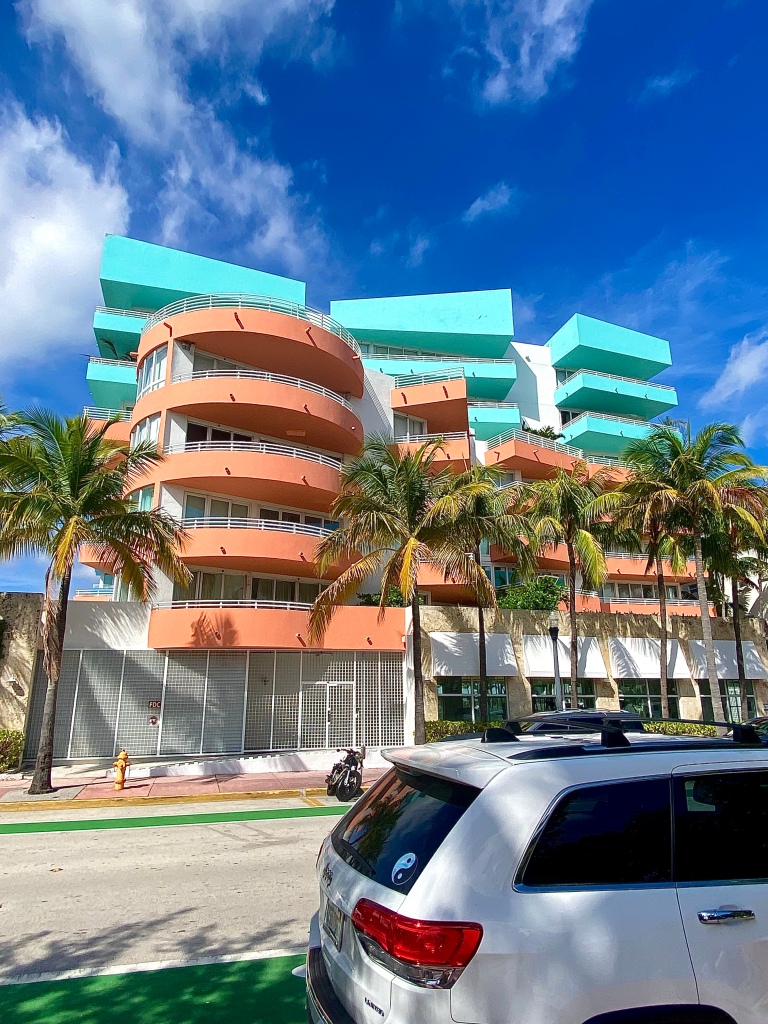

Something I never knew about until we went on this excursion was Art Deco. Honestly, I thought Art Deco was a museum before this day. Now I know it is an architectural style that can be recognized by many different features which are not always mutually exclusive.
The first characteristic is the incorporation of natural themes such like the birds at the bottom of the building in the photo above. Some buildings have palm trees, some have waves, some don’t have any of these features. Another characteristic is the signature pastel colors. One of my classmates, Anna, said that being in South Beach felt like she was in a Nickelodeon show, and what really gives it that effect is the pastel colors. One other trait is Art Deco’s “Rule of Three.” In all of the buildings above, you can see that its face is divided in threes. This is an Art Deco signature and now that I’ve learned about it, I can’t stop seeing it. There are even some buildings on campus that I just noticed to have Art Deco feautres.
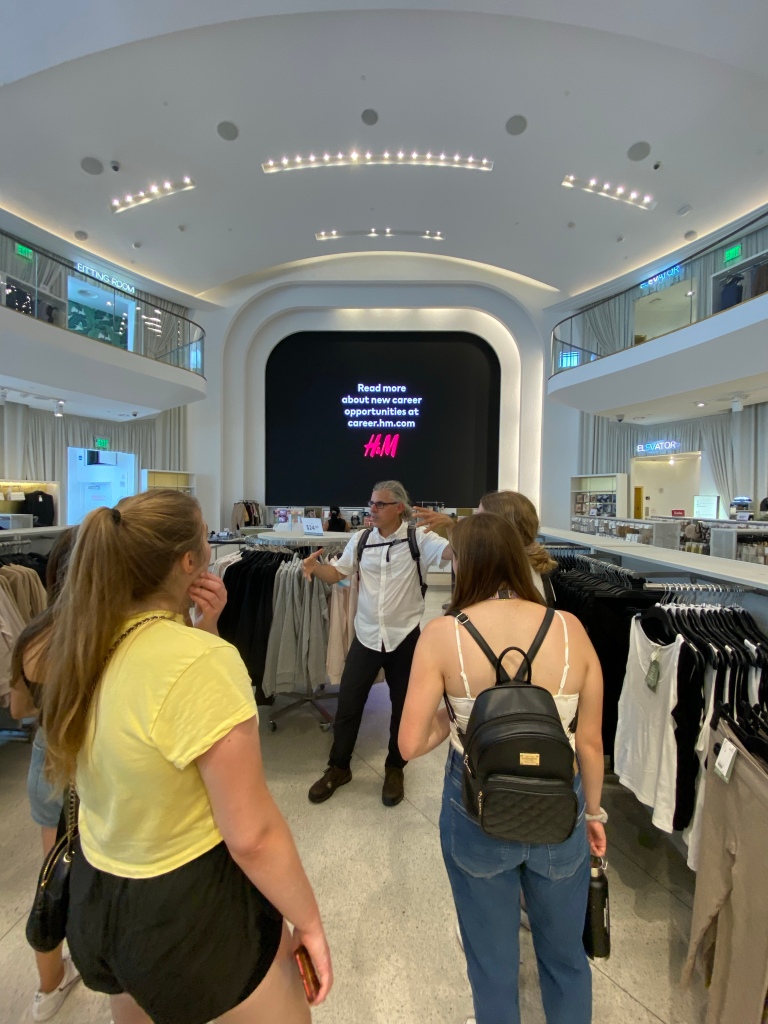
Our class also saw how some historic buildings have been converted into something more mainstream. For example, the historic Lincoln Theatre is now an H&M clothing store.


While at South Beach, I had an overwhelming sense of gratitude to have been here at this time. I’m aware that I couldn’t enjoy the area as a traveler if I had come 2 generations ago because of segregation. What I am able to do in Miami beach now, at 19 years old is a lot broader than what my grandmother would have been able to do had she been here when she was my age. This is what I was reminded of as we learned about the Bahamian laborers who built Miami Beach then were thrown out after it was developed. It is what I treasured as I learned about the Jewish people of Miami Beach and the confines they endured as they were unable to live in the wealthier areas of the island and had to take a fairy to go to the synagogue in Miami as they were not allowed to pray there.
It’s fun to enjoy a place like Miami Beach and I am grateful that Professor Bailly makes sure we acknowledge the whole history of the island. I recommend that all of you honor the lives of those who built the island, those who lived in it in but were persecuted, and those who were forbidden from the island because of race, ethnicity, or religion before you to go to Miami Beach and enjoy the weather and the atmosphere then live like it’s your last day at least once in your life. See you there.
Deering Estate as Text
By Imani Woodin of FIU Nov 10 2021
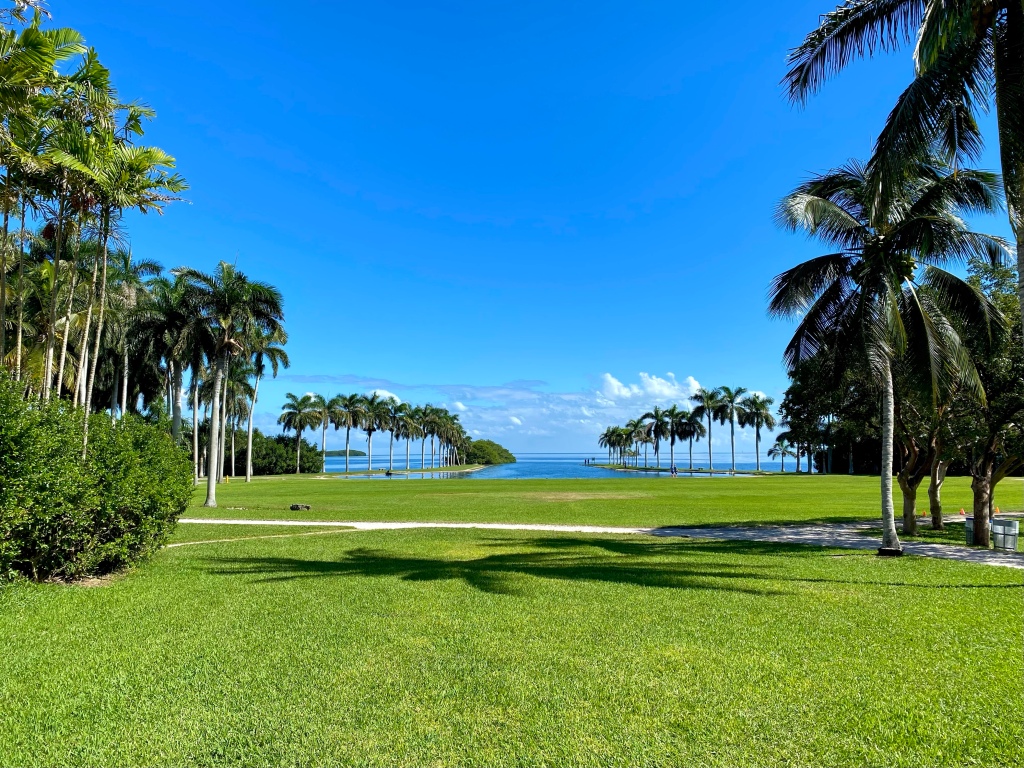
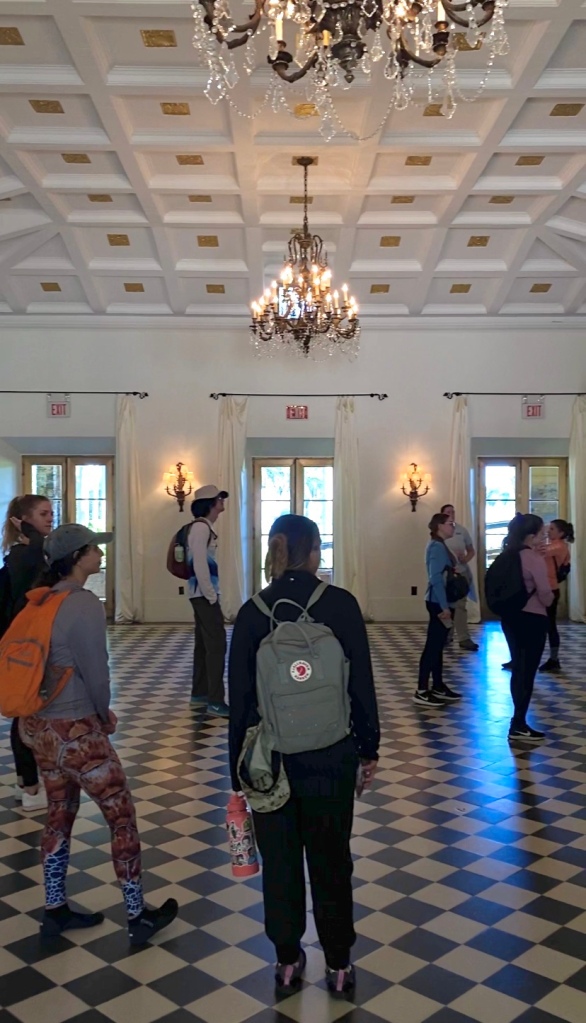
History: The Deering Estate was purchased and owned by Charles Deering, who was the half-brother of Vizcaya owner James Deering. The land was purchased in 1916 and his Stone House where he kept his art collection was built in 1922 (left). The land was Deering’s until his death in 1927.
However, before that, the area was inhabited by native Americans of the Tequesca tribe who used the land as a burial site. Although Deering and his developers respected some of the burial grounds, he also removed some graves because to build on it. This could be because the Tequesca buried the dead above ground and covered them with sand and shells, as we learned during the lecture.
Deering made the best of his time in Miami. The 1920s was the period of Prohibition, and while most Americans either resorted to speakeasies or settled for sobriety, Deering had both easy access to the Caribbean to buy alcohol and storage so he could hide it in his home. The cellar (below) is hidden at the lowest floor of his Stone house and locked behind three vaults. The photo doesn’t do justice to the enormity of the cellar.
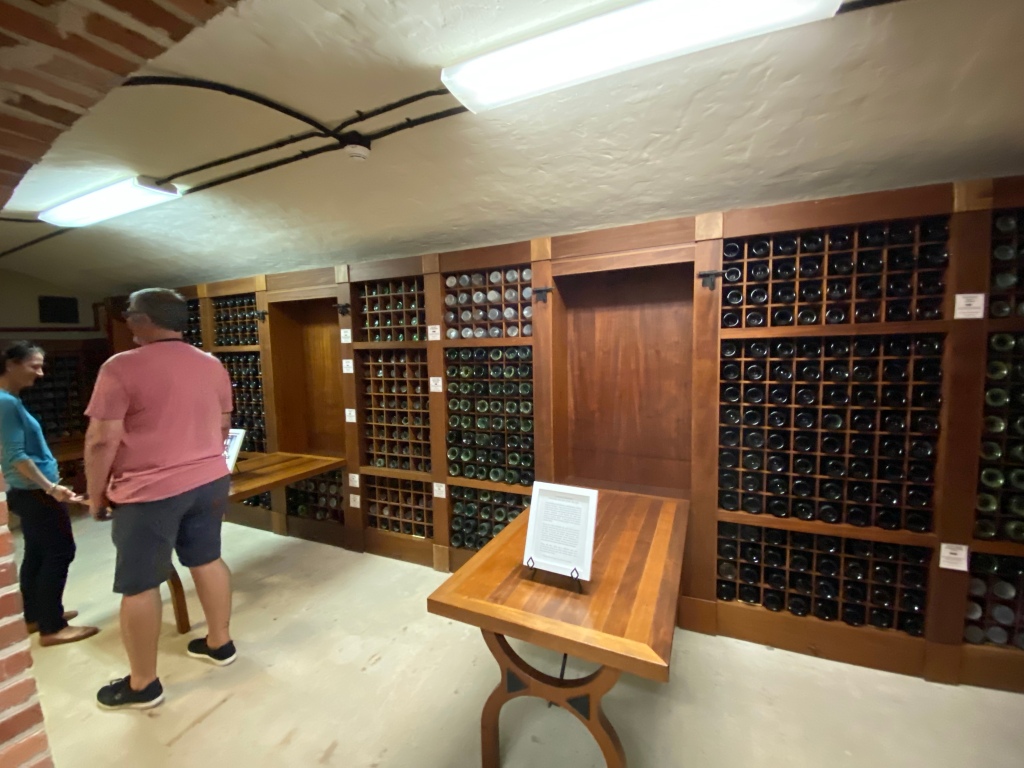
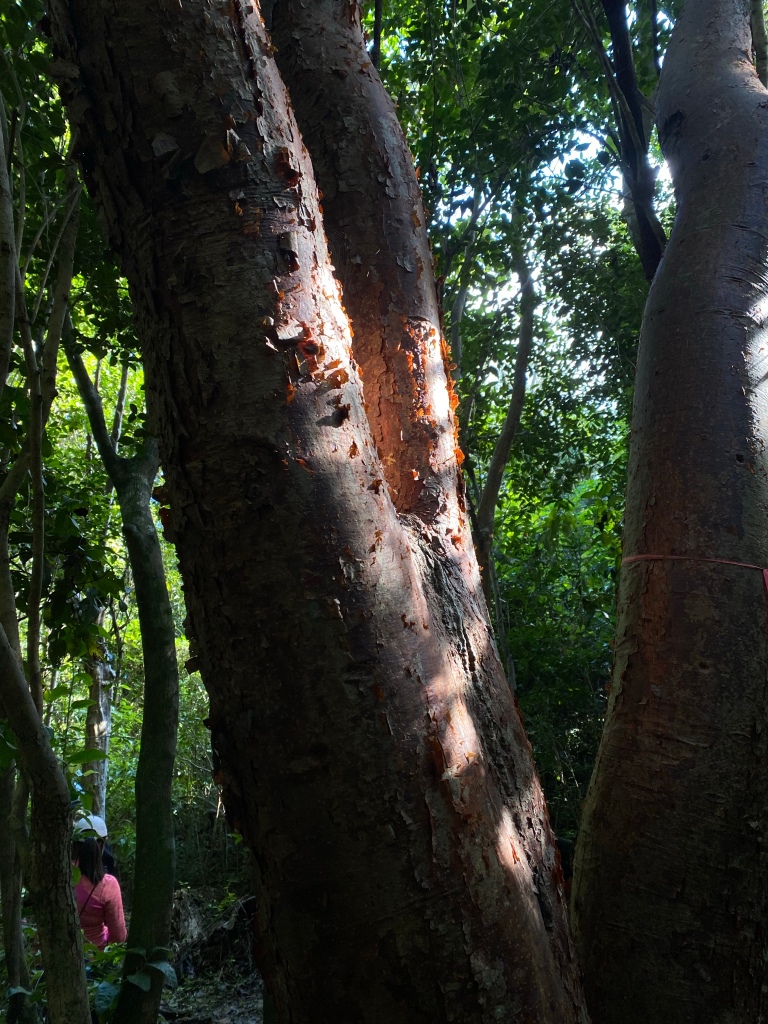

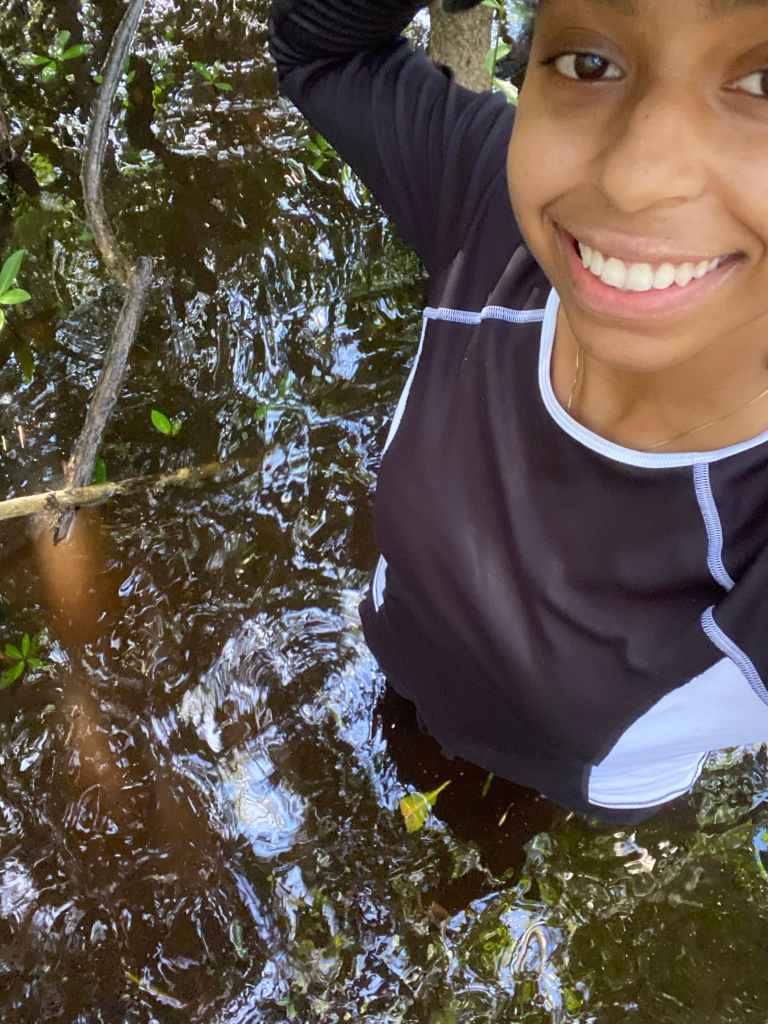


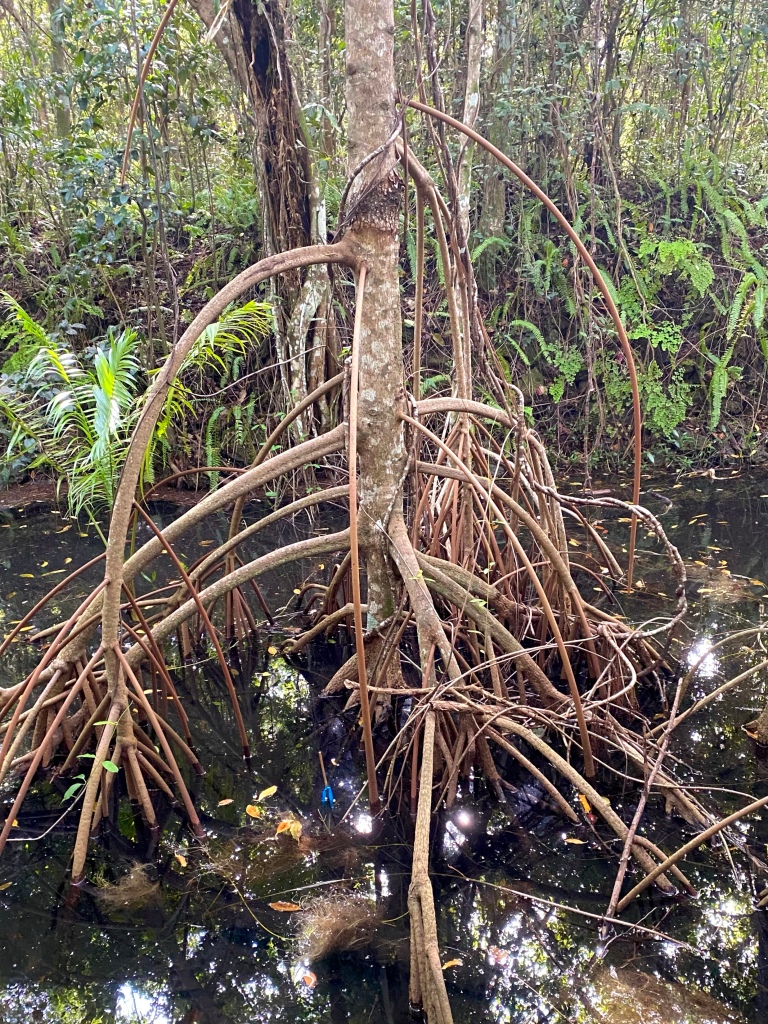
Preservation to nature: The Deering Estate has maintained the local plant and animal life so the highest degree in anywhere I’ve seen since moving to Miami. I love nature, but this was my first time being immersed in it in this section of Florida. The best part of the day was going into mangroves. I didn’t understand how important mangroves are to south Florida until today. Their dense roots are the reason why sand is able to settle in the ocean and improve water quality by keeping pollutants from spreading across the ocean while providing a habitat for a diverse wildlife population.
I was also grateful to enjoy the nature at the estate because it is so different from the rest of Miami because the area sits at a higher sea level. I was thinking about my trip to the Deering Estate the other night, and I realized that there’s no other place like it in the world. You can’t manufacture a natural environment like that of the Deering Estate. It’s an incredible experience being there and enjoying pure nature.
UNTITLED as Text
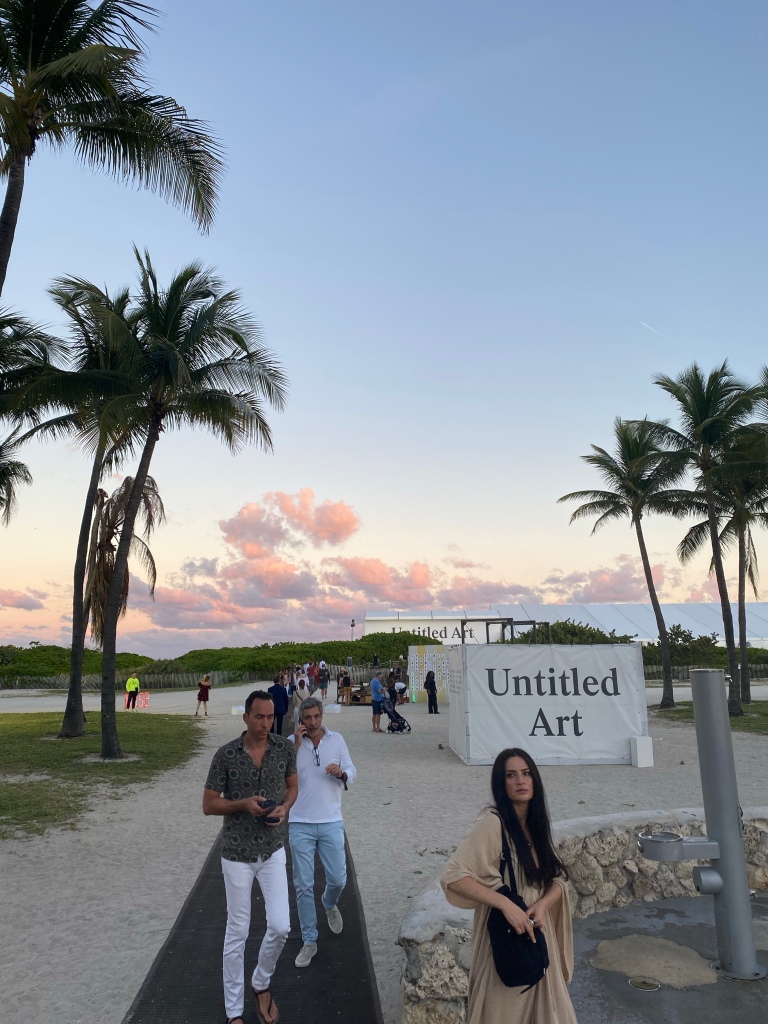
During Miami art week, and Untitled Art specifically, art from around the world was showcased. It was a compilation of Miami’s beauty, mystic, and wonder in the form of paintings and sculptures. Some art made you feel, some made you think, and some made you wonder why in the world someone would make it.
Some art was jaw-droppingly intricate. I couldn’t wrap my head around how much time it might have taken the artists to come up with the idea, make prototypes, and complete the work.

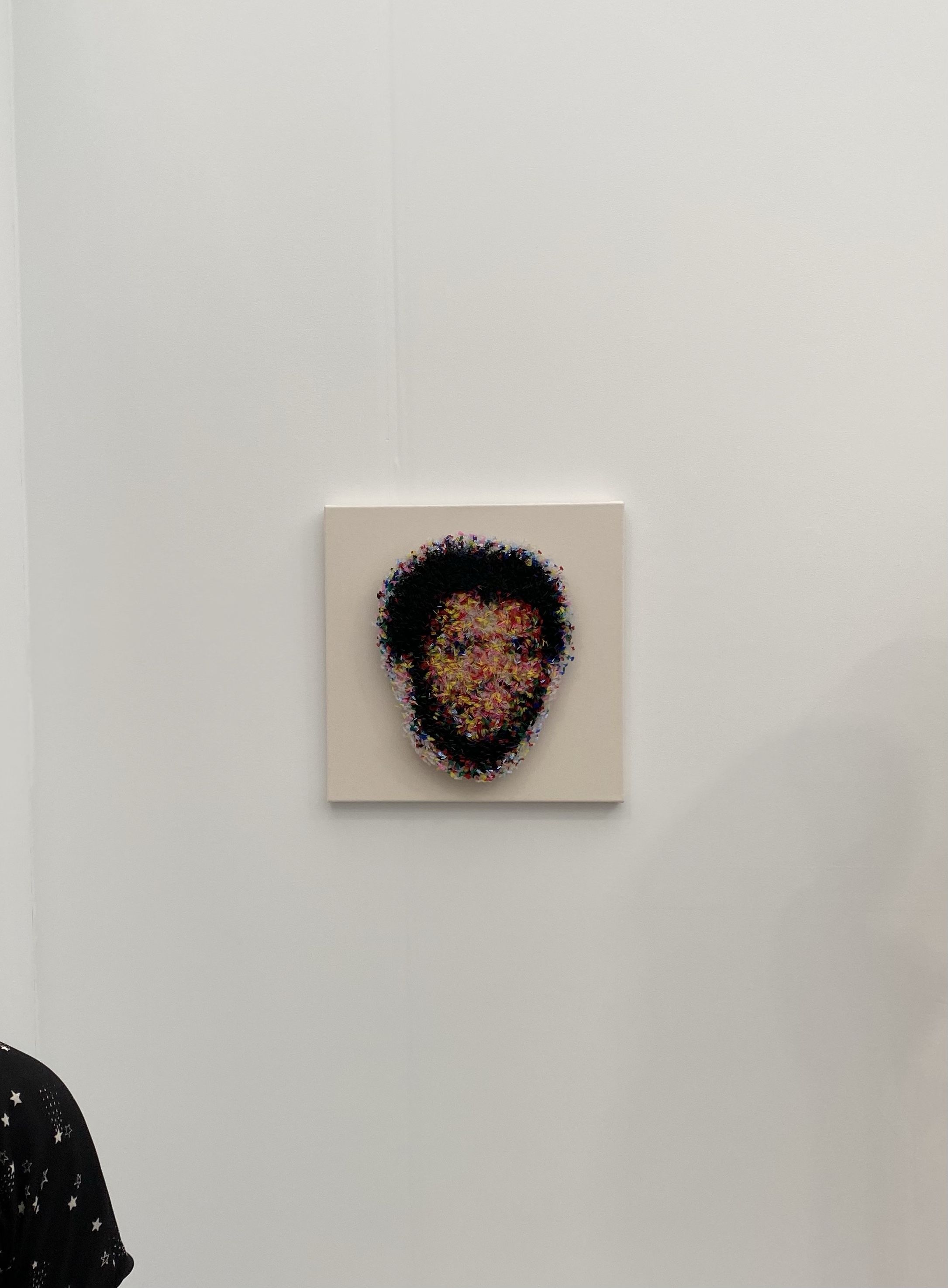

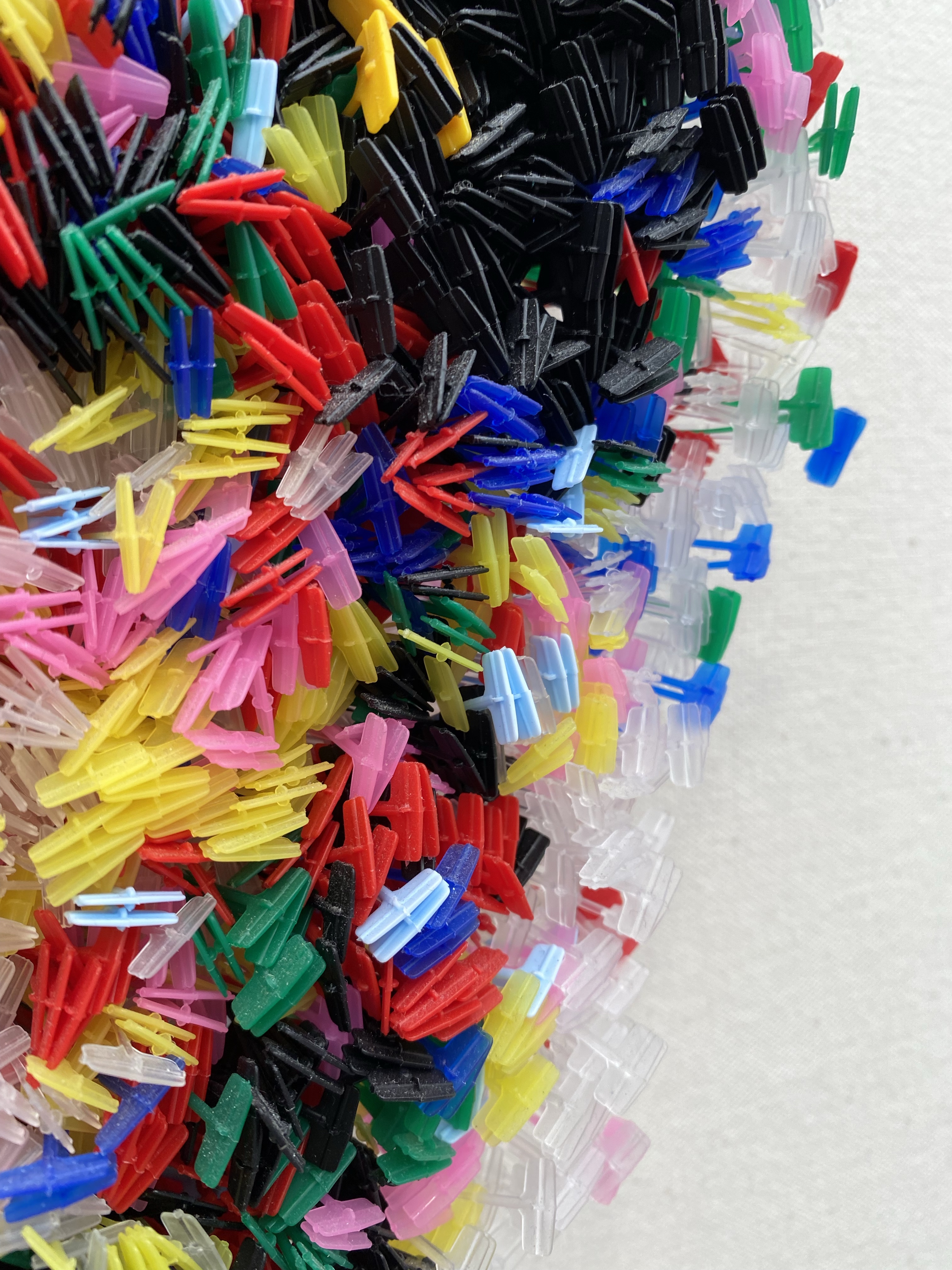


Some art was trippy and nostalgic. Again, I can’t fathom the time and thought that went into the work.

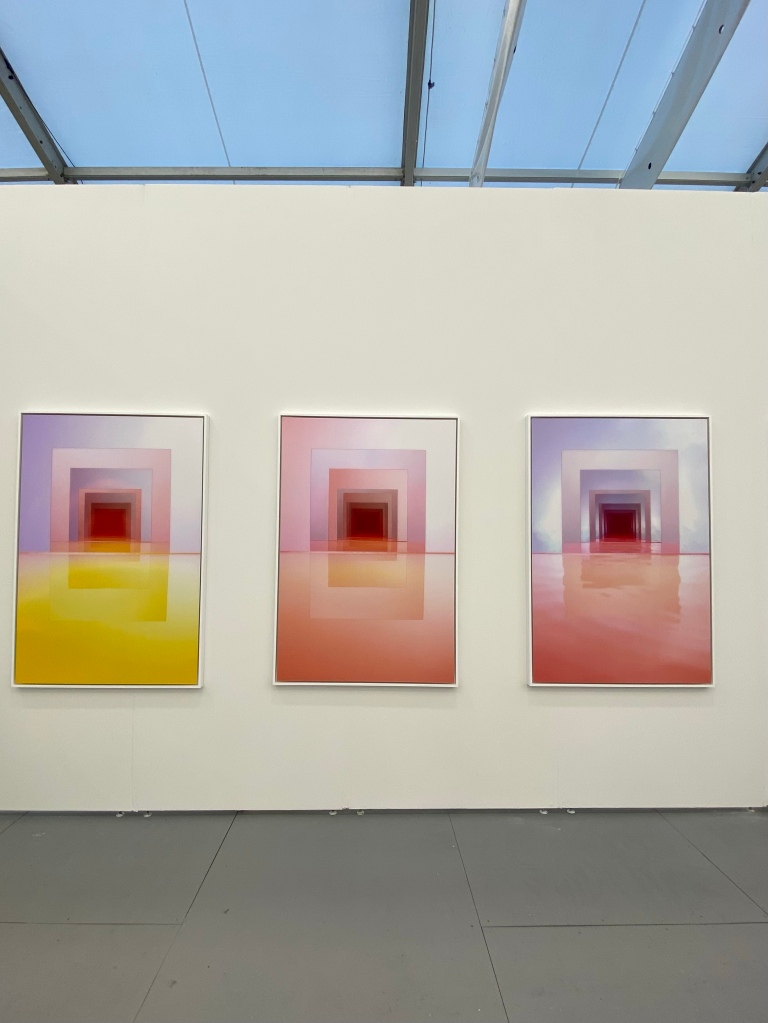


Some art was just beautiful.
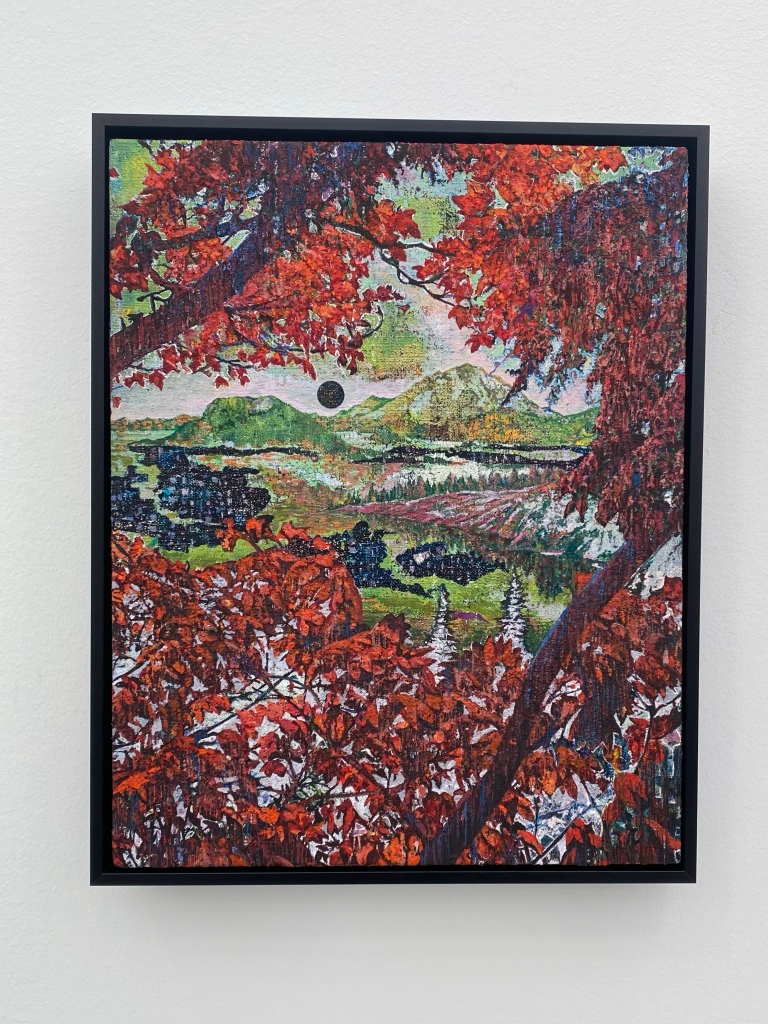
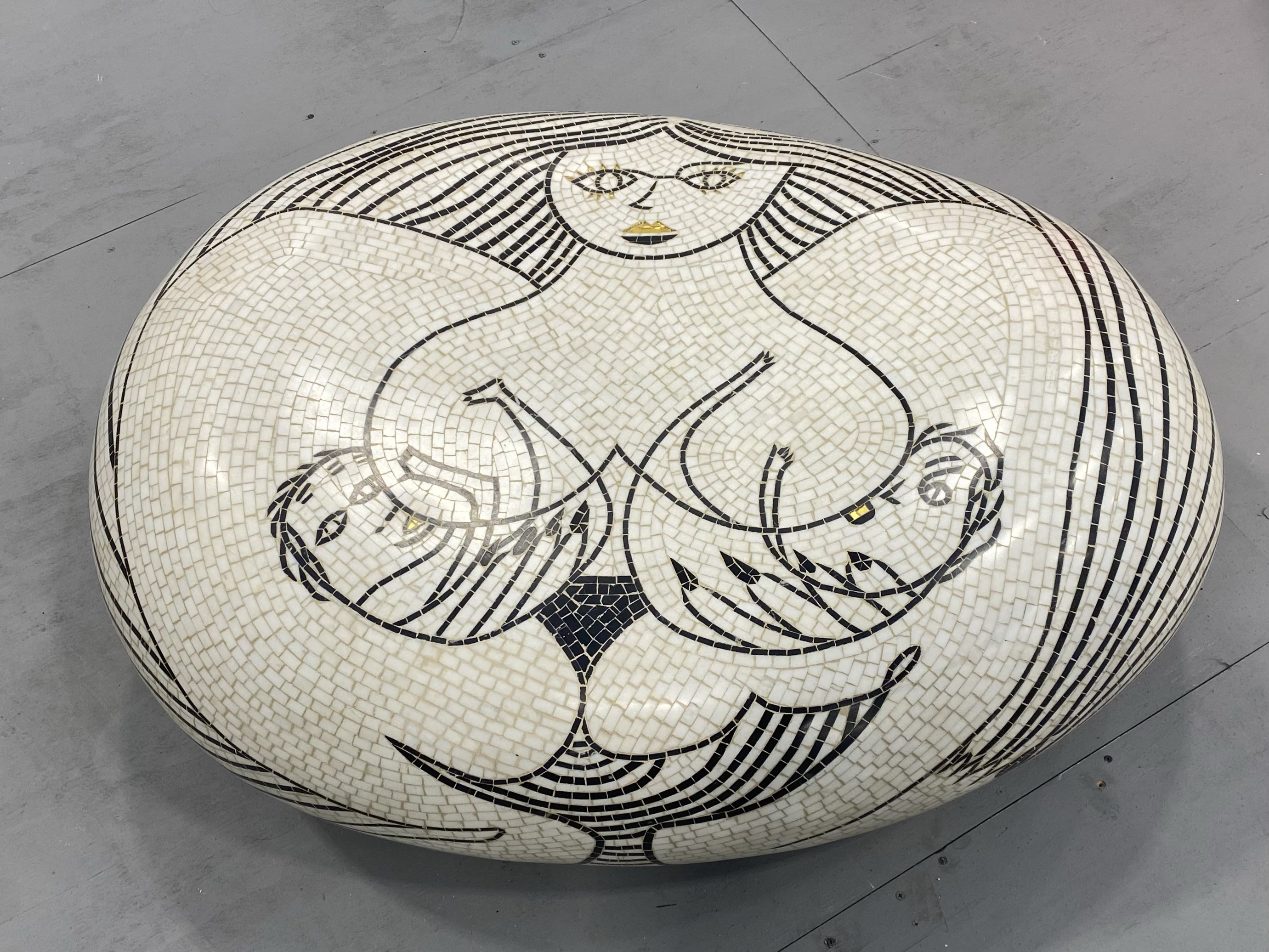


I can’t express how special it felt to be at Untitled. I’d only ever heard of galleries like it before. It was an honor not only to see the art, but to hear about the pieces from the gallery owners and some of the artists themselves. I’m definitely going again next Untitled so I can feel the wonder of being surrounded by beauty once more.
Everglades as Text
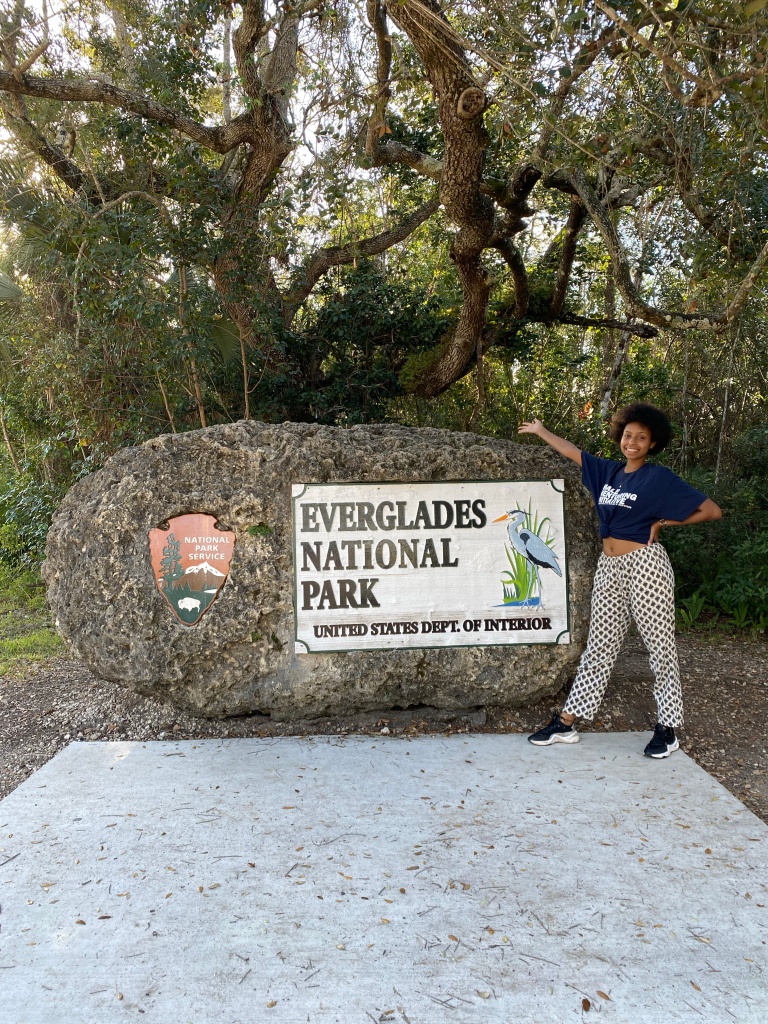
I want to start this blog by stating that although I’ve traveled to multiple countries and multiple continents, nowhere evokes the feeling of home to me the way Florida does. I was born in Gainesville, I’ve lived in St. Augustine, Apollo Beach (by Tampa), and Tallahassee. I’ve travelled throughout Florida, as the majority of my life has been spent in the sunshine state, but it wasn’t until January 19, 2022 when I stepped into the Everglades for the first time. My experience was wild and unexpectedly mind-opening. I’ve read a lot about the national park, but hearing about it and experiencing it is like seeing a place at night versus in the day.


One element about the national park that caught me by surprise was its biodiversity. The picture on the left is of a sinkhole in a flat, grassy area of the park. At first, it seemed like just a hole in the ground to me, but then the park ranger who guided us, Dillian, mentioned how the plane of grass we stood on was its own micro-ecosystem within the Everglades ecosystem, and the little hole in the ground was its own micro-ecosystem within that one. What she said resonated with me so much because it gave a unique perspective to how special the location we were was, and how something doesn’t have to be seen from a satellite to be noticed.
The grassy area above on the right was taken just a few hundred meters from the pictures below… as the ground level rose, the water level dropped, making the area less habitable for trees, but the open field made it easier to find birds. The grassfield felt infinite as we were walking in it. It was just person and nature, which now I realize is rare to the average modern Miamian, but it was one of the most Miami sites just a few hundred years ago.



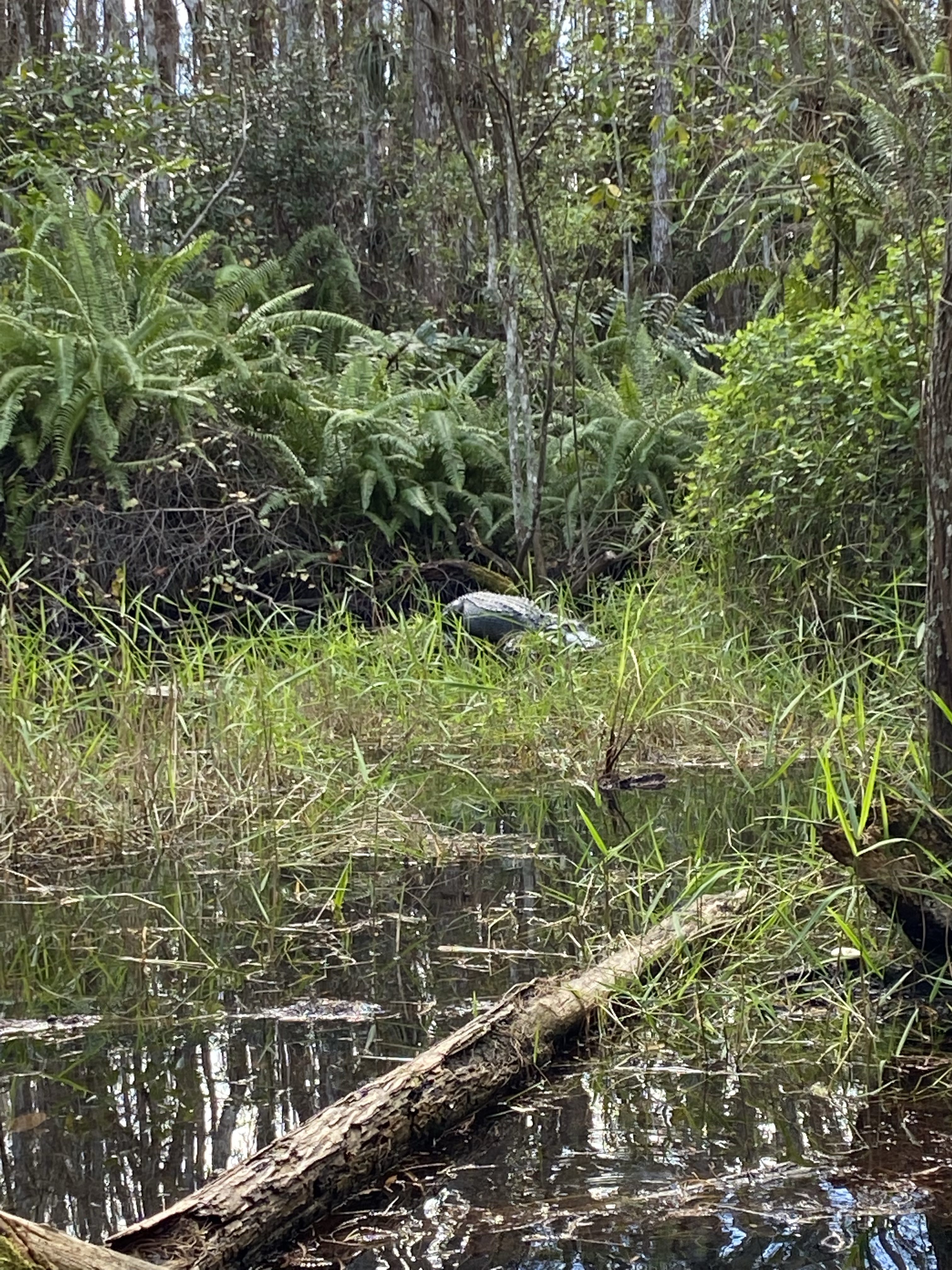
One thing I appreciate from this class is how it brings me out of my comfort zone. Going around with my class pushes me to do things that I would have never done had I come with a different group. This trip, I was taken out of my comfort zone when the class decided to go into an alligator’s den. I was scared at first, but when Ranger Dillion told us that the gator wouldn’t attack since we were in a large group, I felt a little more assured. I also learned that only males have their own dens. Although I wasn’t scared, I still couldn’t get over how we were in a 8 foot gator’s home just for the sake of it. I’ll never forget this experience.
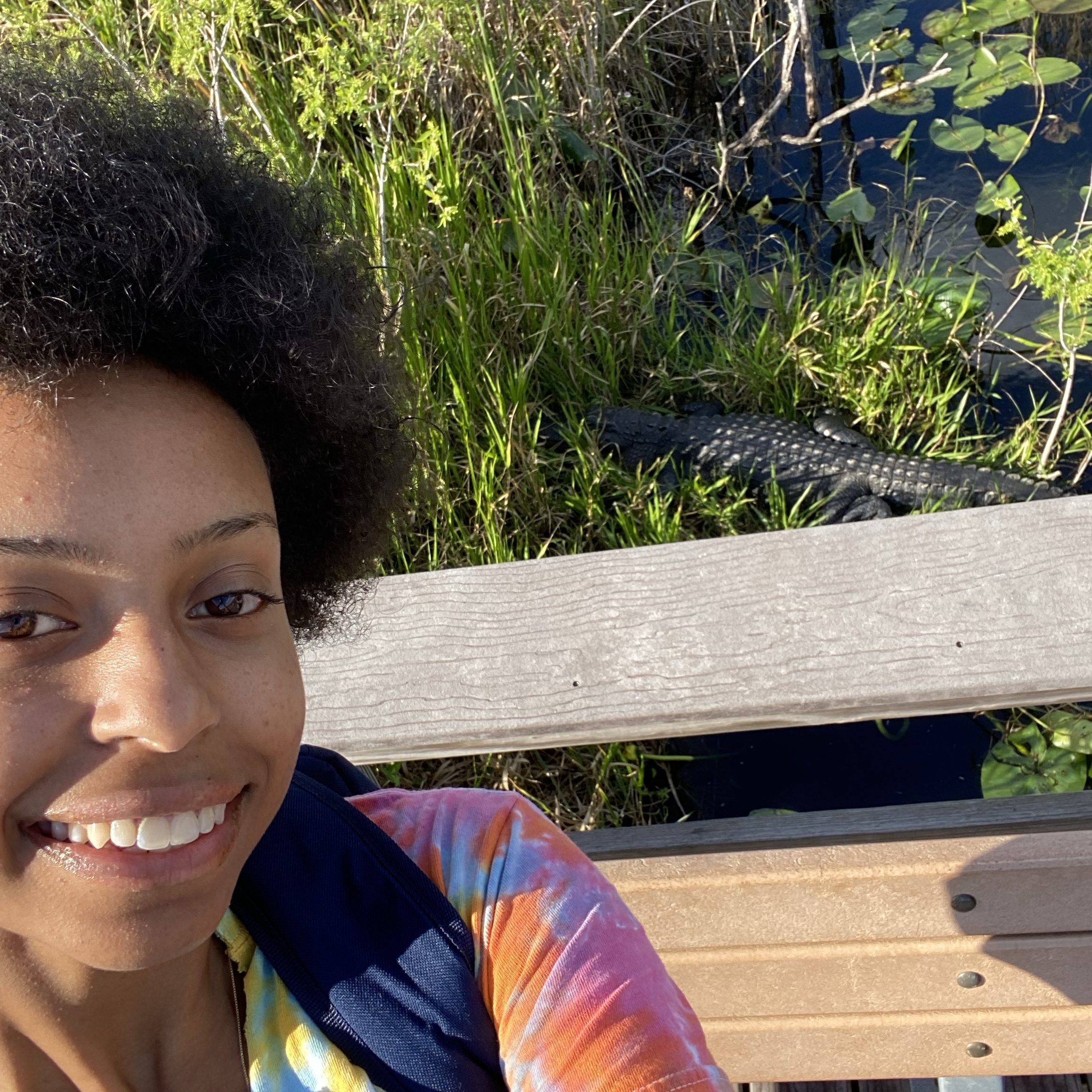
The Everglades as a whole caught me by surprise. I never imagined it would be so beautiful and I would recommend that everyone take a trip and go on a slough slog (walking in the swamp). As an essential part of our ecosystem, it’s important to acknowledge its vitality- and understanding this is much easier when you’re waist deep in it. Being surrounded by nature is rejuvenating and as long as you’re physically able to do so, there’s nothing I recommend more.
The Twists of Coral Gables


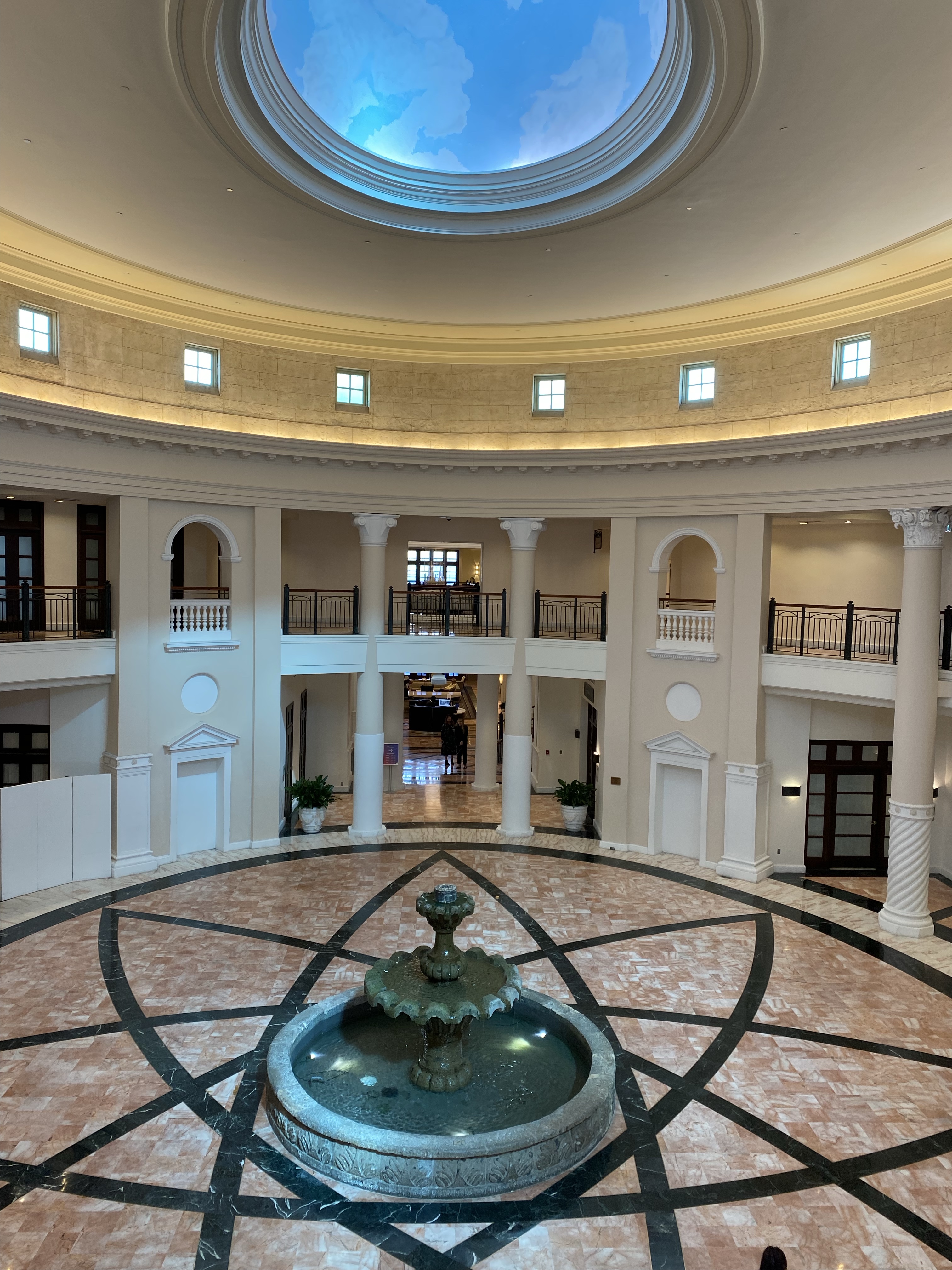

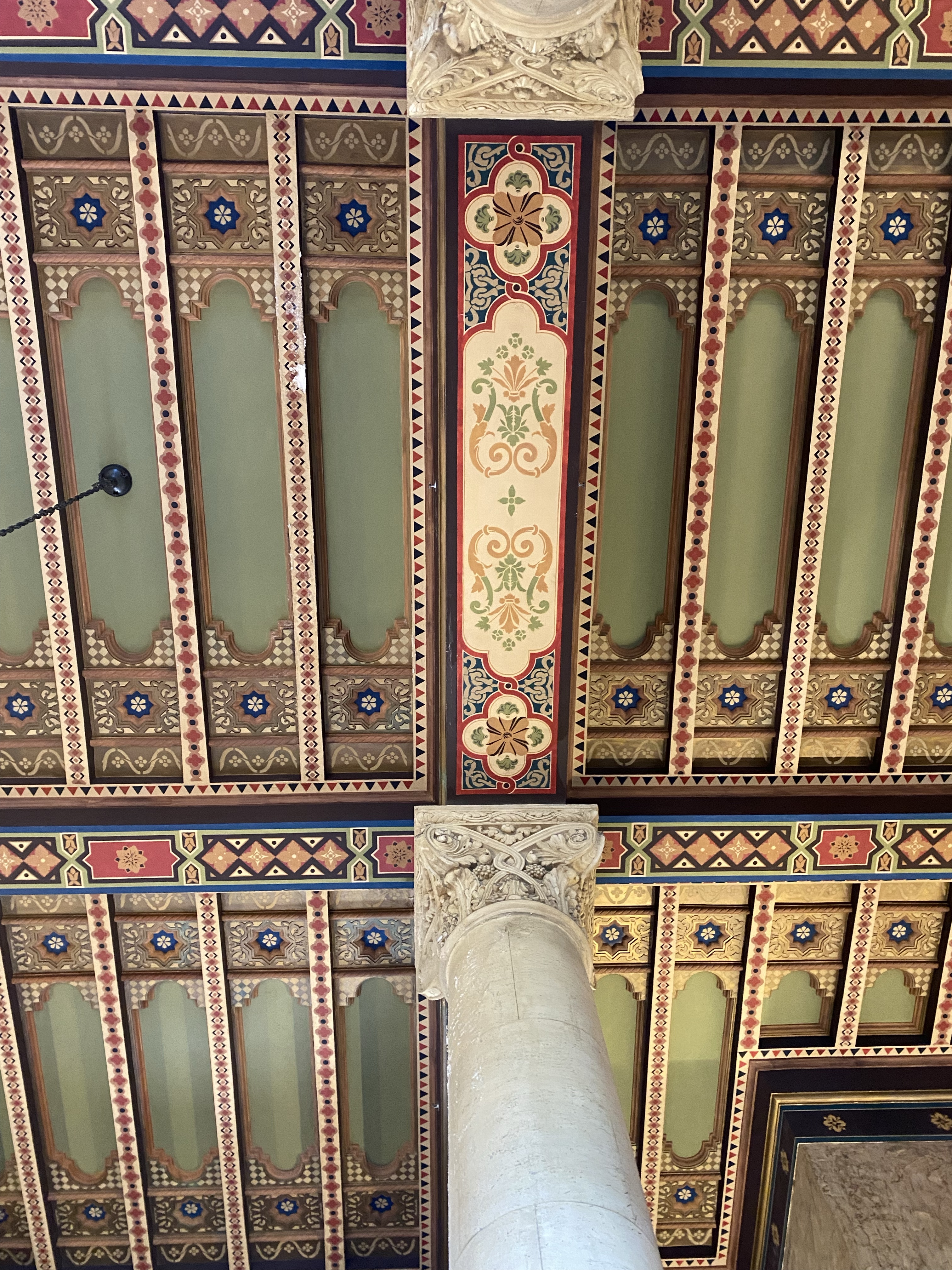

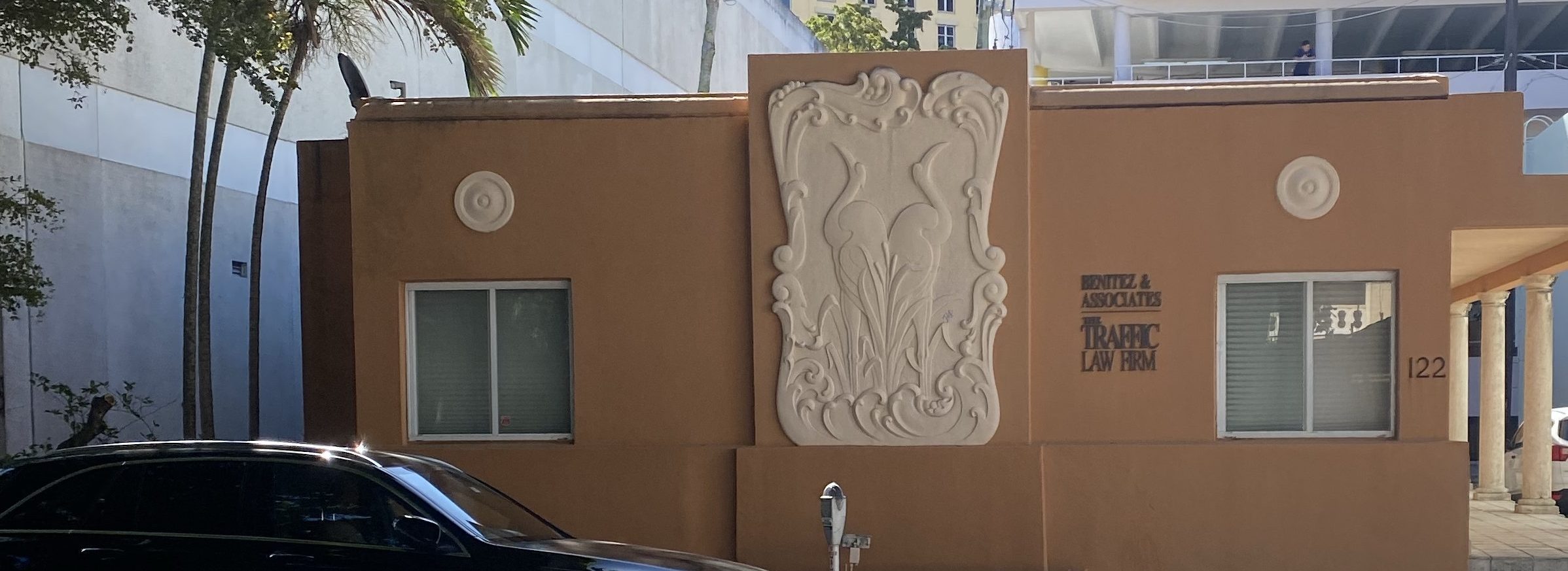
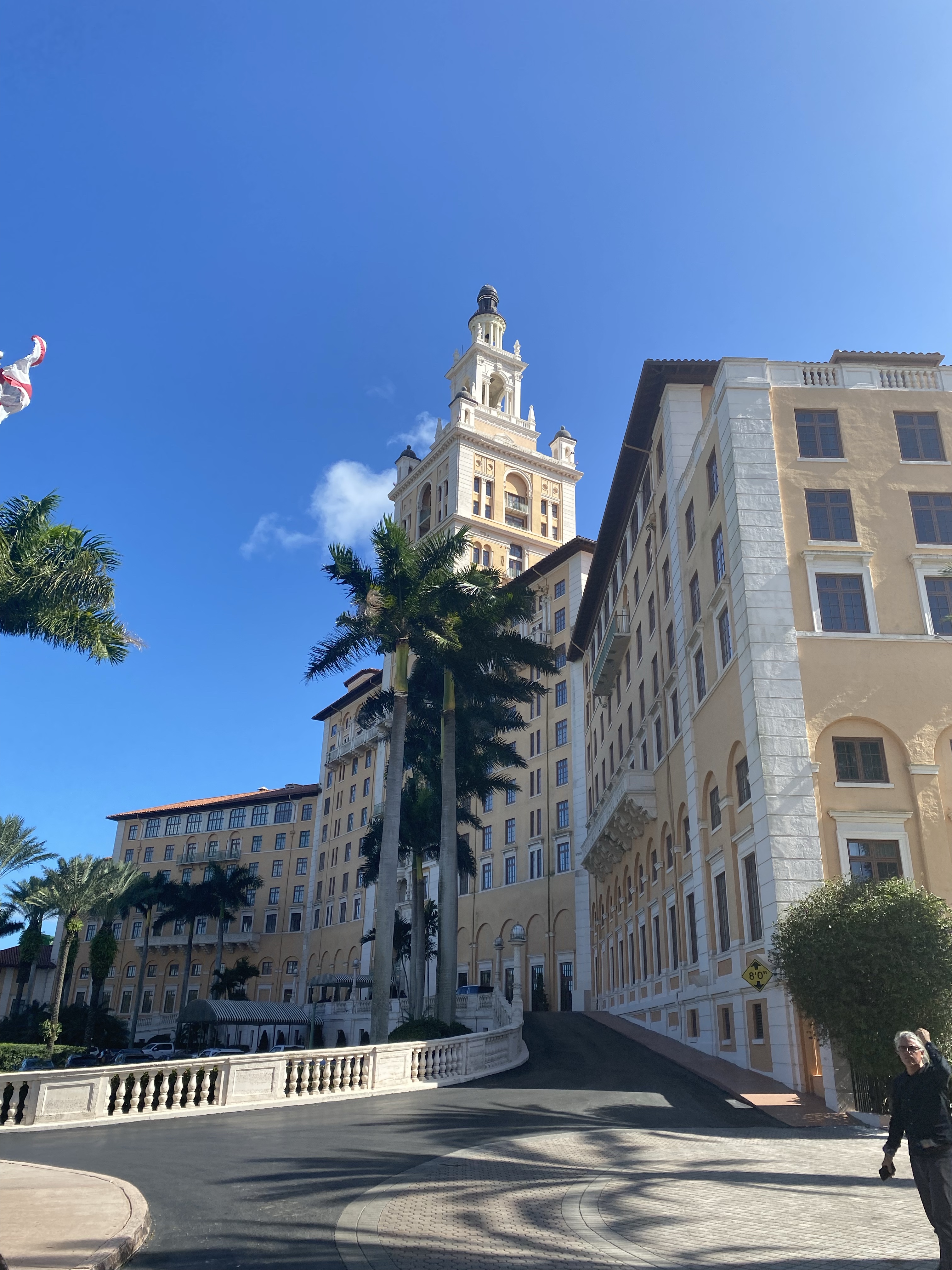
As our class walked through Miracle Mile and along the sidewalks of Alhambra hearing the stories of how Coral Gables was founded, I realized that the neighborhood is built on a series of twists and turns, both literally and figuratively.
The first of these twists are from the artwork that line the streets and hold the buildings of Coral Gables. These artistic influences come from around the world and unite to create a smooth, delightful atmosphere. The Colonnade Hotel and Office Building, for example, was designed by Phineas Paist in collaboration with Walter DeGarmo and Paul Chalfin, James Deering’s interior designer for Vizcaya. The structure is a mixture of Spanish Colonial and Baroque. Going inside was like a corporate wonderland. But even if you don’t have to visit Coral Gables to go to a budget meeting for your job, I recommend you go see this incredible building with incredible details.
The Coral Gables Museum, on the other hand, uses depression architecture with Mediterranean details. The quaint building has subtle beauty, as you can see inside and outside of the building. Some of the carvings on its façade show its European influence mixed with tropical touches of native fauna. Finally, some of the world-famous Biltmore Hotel’s art was derived from Andalusian influence, which is a fusion of Arabic and Spanish. It’s jaw dropping architecture and interior design is enchanting. It was the highlight of my trip.
Coral Gables itself, planned by George E. Merrick was developed with Mediterranean Revival style along with Mexican and Cuban influences. These elements are felt in the Spanish style roofs and sophisticated architecture with tropical elements. This microcosm of different cultures and art styles twist together to build the most charming neighborhood in South Florida.

This next twist in Coral Gables history is about its foundation. The mastermind behind the city, George Merrick, was liberal with his creativity but heartbreakingly conservative in his social views as he was a raging racist. He advocated for racist policies including the Negro resettlement plan which sought to remove black residents from Overtown to West Miami Dade in order for white families to move in. Some of the advertisements he commissioned for this plan included caricatures and sayings, such as “remove the monster.”
Merrick was so proud of his efforts to displace black families that he published his own speech to the Miami Board which introduced the Negro resettlement plan. It is said that the scroll in his hand in the statue above is that same speech.
Some people defend George Merrick, saying that above all he was a good man of good intentions, but I simply cannot say the same and I take offense to anyone who would respect this side of him. Knowing that he would not want me and anyone who resembles my complexion around his town leaves a bad taste in my mouth. The fact that he was so comfortable displacing families who were in Miami longer than he was startles me.
I know that someone reading this is going to be annoyed to the extent I’m talking about this topic, but I feel the need to speak about it because this part of history is overlooked. If you google George Merrick, you won’t see an article about this part of him on the first page, even though it was a huge part of his personality. If anything, he was proud of his racism, so this is a part of George Merrick that he would want you to know. The way history books and tour guides gloss over these parts of history is alarming, but I’m trying my best to let you know about the real Miami.

Overall, I believe that learning the full history of a place allows for you to enjoy the visit even more. I suggest you visit Coral Gables with this knowledge, as you will be able to see the entirety of the neighborhood.
River of Grass as Text

Ranging from enormous caimans to microscopic insects, the Everglades is home to countless wondrous creatures that are often only found in this area. Normally, when you hear about the national park, people tend to exaggerate the wildlife, especially the potentially dangerous- overlooking its other incredible sites such as a missile base used during the cold war.

Most would think that a national park is not the place to build and house a missile base but thats exactly what the U.S. government did. The missile base, used for storing about three missiles during the early 1960s until the the end if the 1970s, was called the Nike HM-69 and was one of the many missile bases across the country. They were all named Nike after the greek goddess of “victory”. The area for the base in the Everglades was nicknamed the “Hole in the Donut” for the fact that it was built on the private property of Iori family who operated a farm within the government-owned Everglades national park. The base was built immediately after the Cuban Missile Crisis in 1962, which led to the belief that if a Cuban airstrike were to happen, it would completely destroy South Florida’s defense leaving the United States open to Russian attack from the south. All of the Nike bases were constructed quickly and durably, as the notion of security felt more and more necessary.


The base had two main areas: the control center and the storage/launching center, which were separated so in case the launching center was attacked, the the staff that worked and lived at the base would be too far to get hurt. The base, barely visible in the landscape of the Everglades, was home to over 140 staff workers who maintained the three missiles at the base and kept them ready for deployment at a moment’s notice. Being stationed in the middle of a wildlife preserve caused some unusual issues for the employees of the base such as rats, mosquitoes, and alligators; yet the most dangerous issue of all was the equipment igniting wildfires that would be fueled even more by the dry grass. Despite this rarity, the wildlife of the Everglades is not the only aspect of being located in this national park that differentiated the base to other Nike bases.
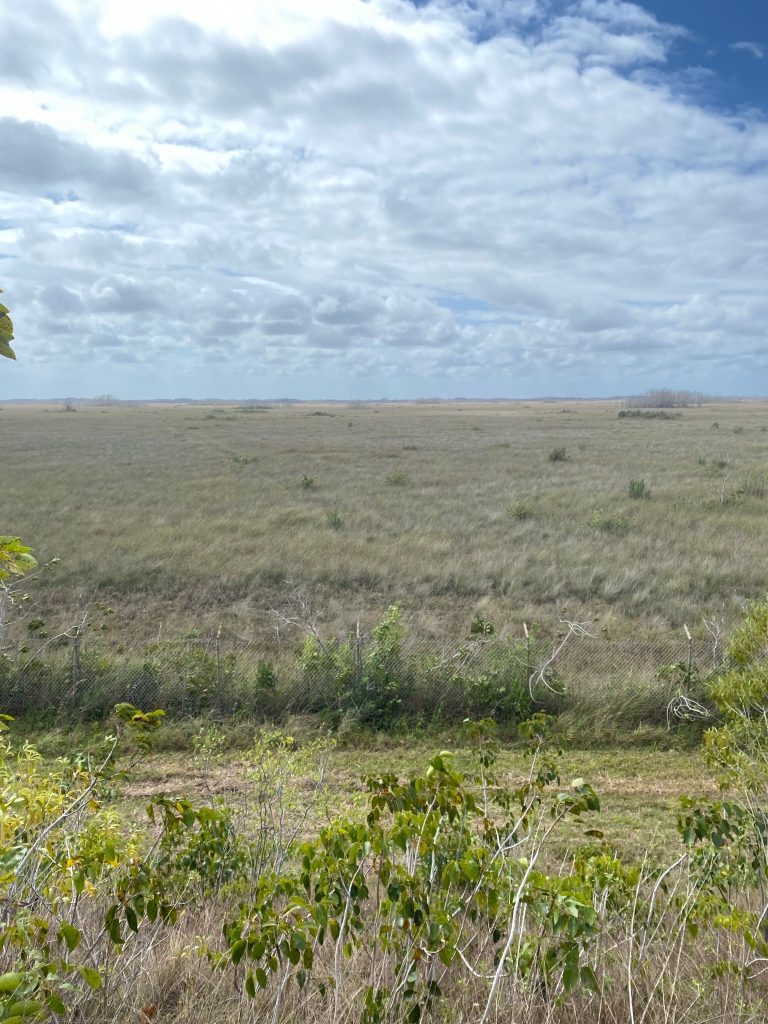
See, unlike the other Nike bases, HM-69 could not be stored in an underground area because of its low water level, for this reason they were stored in these above ground barns. Despite its odd location in a national park, some were intrigued by it’s location, such as frequent visitor: commander-in-chief, John F. Kennedy.

The Nike HM-69 base never once fired a missile, but all its personnel were awarded the Army’s Meritorious Unit Commendation, one of the few instances in which it was awarded not for engagement but deference. The Nike HM-69 operated until it was decommissioned in 1979 and was after granted to the Everglades national park.

The Nike HM-69 missile base was one of the best preserved Nike bases, making it possible for the park offer tours of the site. This is another unique spot here in Miami that I recommend visiting. Even if you aren’t really into history, the stories of what happened and the collective fear around the height of the cold war is an incredible piece of both local and national contemporary issues to learn and think about.
For further reading, visit:
https://warbirdsnews.com/warbird-articles/abandoned-nike-missile-bases-united-states.html
https://www.nps.gov/ever/learn/historyculture/hm69.htm
https://sah-archipedia.org/buildings/FL-01-086-0018

Wynwood as Text

Miami’s art district is filled with wonders, including the incredible Marguiles collection located in West Wynwood. While the whole establishment was astounding, I was blown away by the work of Anslem Kiefer.
How the art found its way to me
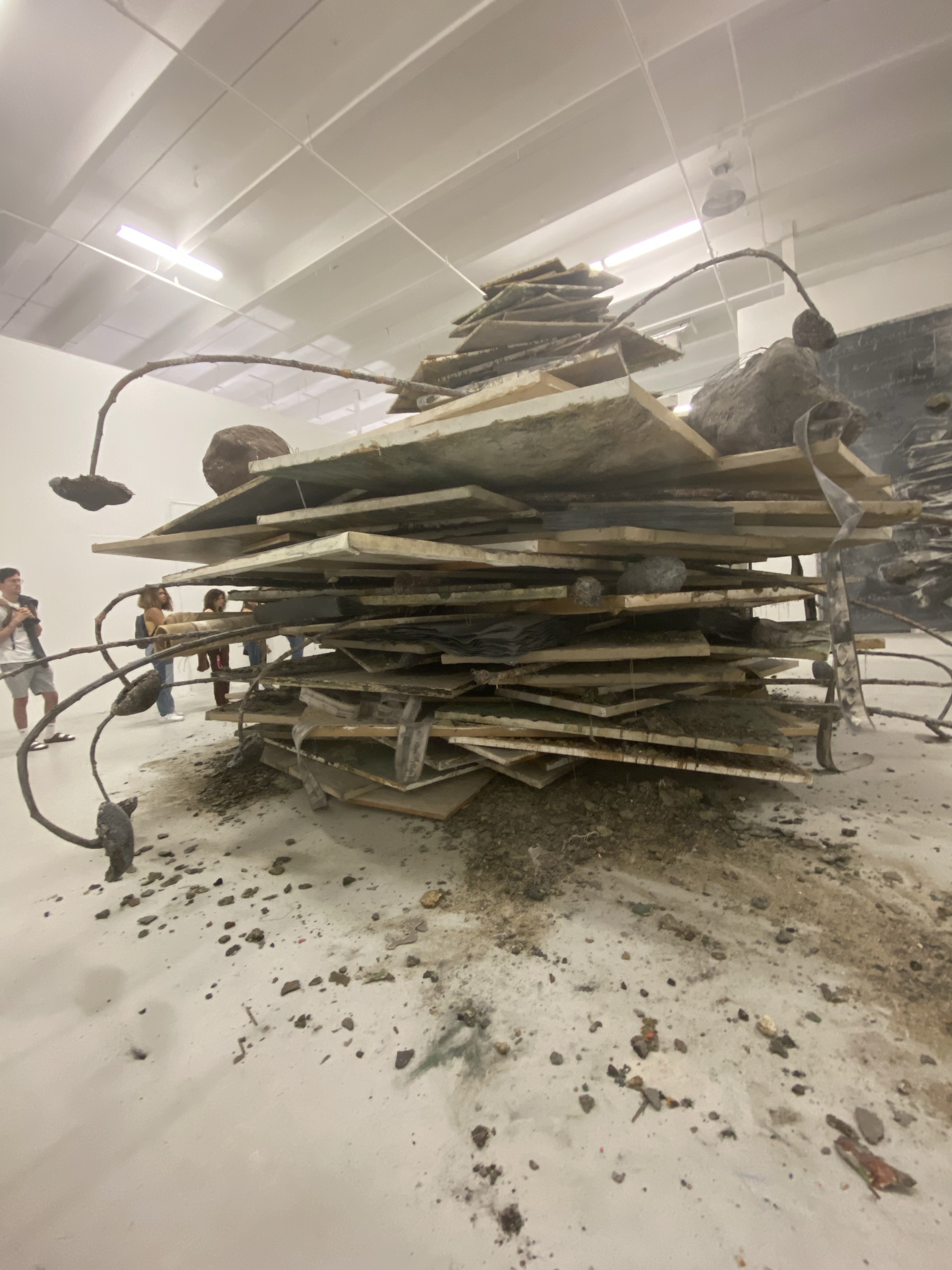
Kiefer was born March 8, 1945 in Donaueschingen, Baden-Württemberg, Germany. His upbringing during the post-war climate inspired his career as the theme of destruction is evident in his art. An example of this can be seen in the piece above. While it may look very confusing at first glance, I think part of its appeal is that it makes you look. The stacked canvases mixed with the sediment make it look like a deconstructed home; maybe a victim of chaos during the war. Its muted colors are primarily seen, but at closer glance there are patterns and colors make up the piece. At the bottom, carpet-like designs cover the canvases while towards the top, sky and tree blues and greens pop out. If you notice on the right side of the structure there’s a photo scroll hanging. This- to me- might be distant memories. Maybe it’s his parents’ memories of what it was like before the war, maybe they were his own, all I know is it gave the piece a nostalgic feel. That’s what I find beautiful about this work- instead of painting a destroyed home, he made one.
In my interpretation, the piece represents the silverlinings of chaos. The beauty behind the madness.
After seeing the sculpture above, we travelled to the room that resonated with me the most, pictured below. It was also made by Anslem Kiefer and in the same fashion as the first piece, the pictures don’t do the experience any justice. The room was the same temperature as the rest of the gallery but it felt like it was on fire. The color scheme, the subtle flames in the paintings and the abandoned concrete structures all evoked the feeling that everything was scorched.

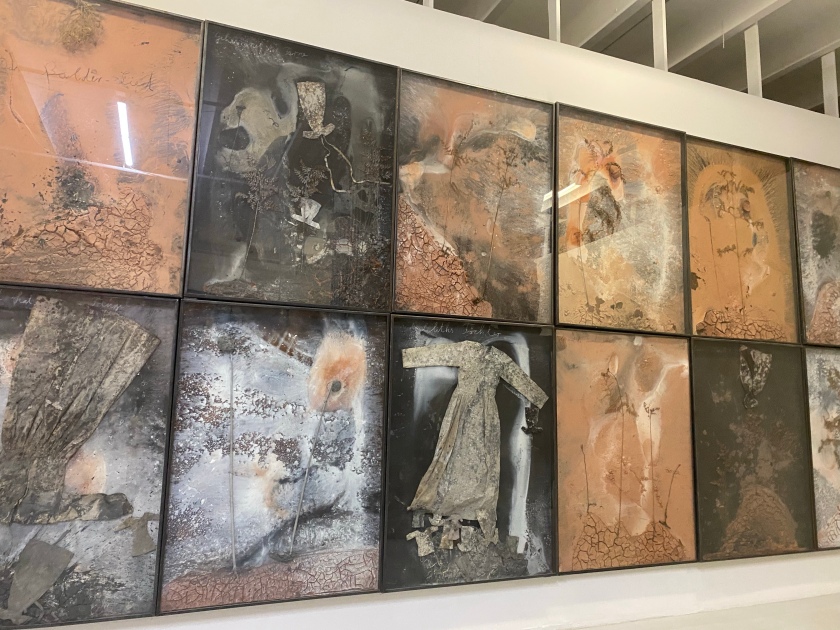
The painting on bottom picture towards the left shows a lit match with a snowy background and to the right of it a flattened, dirty child’s dress. These elements are even eerier when seen in person. The whole room raised my awareness while at the same time making me empathize with Kiefer and his family. I wonder what it was like for him to grow up in land of uncertainties. After so much destruction, I’m sure the only light he might have seen was that from fire. Long winters , ruined childhoods, and unstable governments and families might be found in his art. This not only tells his story but that of many others from Germany and other places in the world.
In order to feel art you need to first be human. If you ever go to the Marguiles Collection (which I highly recommend, as entry is free for Floridian students), I advise you to feel the art instead of thinking about it. If you try to make it logical for yourself, you might throw yourself in a pit of disappointment; however if you feel your way through the art, you’ll come to see that Kiefer is also trying to piece together memories and figure out his feelings, so why not join him on his journey?
c
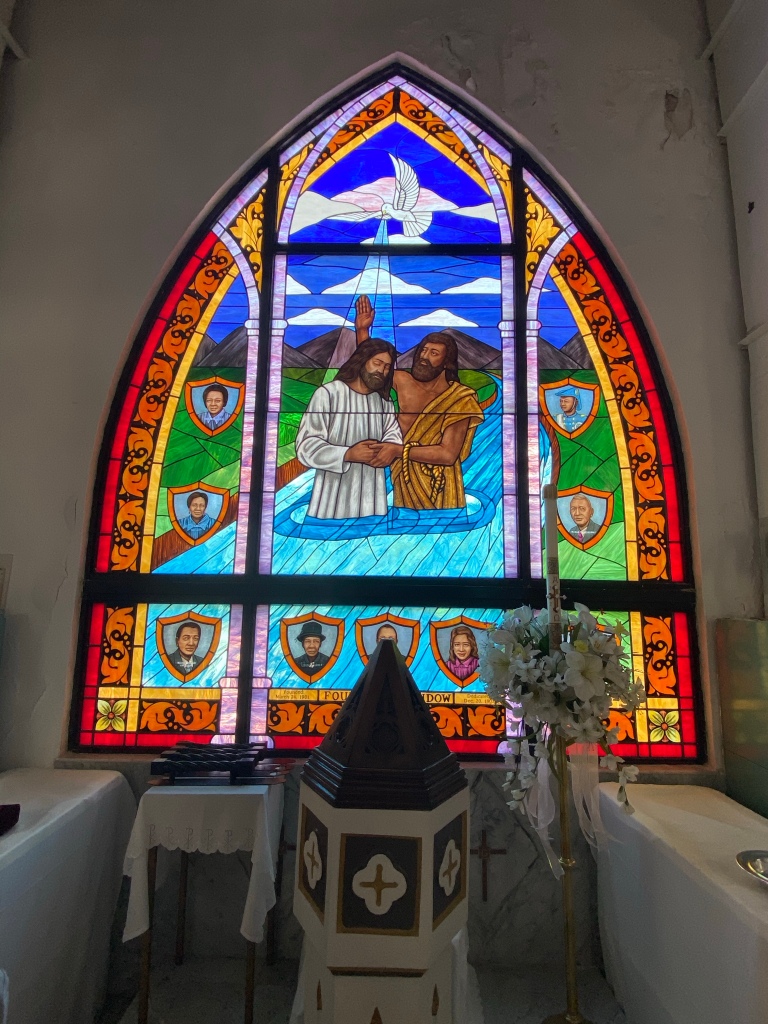
One thing I’ve learned to be aware of is who tells the story in history. In history class, ninety per cent of the time it was a white man who was telling the story: his fight, his successes- which took away so many perspectives on the American experience. Women were seldom brought up, African Americans were enslaved and then freed by Martin Luther King Jr, Asian Americans just kind of showed up, and Latin Americans just don’t exist (apparently).
Thankfully, this class doesn’t teach history in that light. While Coconut Grove is marketed as a “fun and funky” bayfront destination on google, Professor Bailly keeps it real by sharing Miami’s real history and current state of affairs.

One of the first things I learned in this course was how Bahamian immigrants who fled from slavery helped build Miami. We are reminded of this history in almost every class- whether it’s Vizcaya, Coral Gables or downtown, Bahamian immigrants were the backbone of Miami’s development. Because the landscape in Miami was similar to that of the Bahamas’, Bahamians knew how to work with local materials like oolite stone unlike northern settlers. Without the Bahamian contribution, treasures like the Deering estates and Miami Beach would be more bleh… they wouldn’t have that Miami magic.
That’s why our of Coconut Grove began in the heart of the Bahamian neighborhood- Evangelist Street (now known as Charles Avenue), where hundreds of Bahamians immigrated over a hundred years ago and where their descendants still reside. The path was paved by pioneers such as Ebeneezer Woodberry Frank Stirrup who immigrated to the area in 1899 and constructed more than 100 homes, many of which still remain.
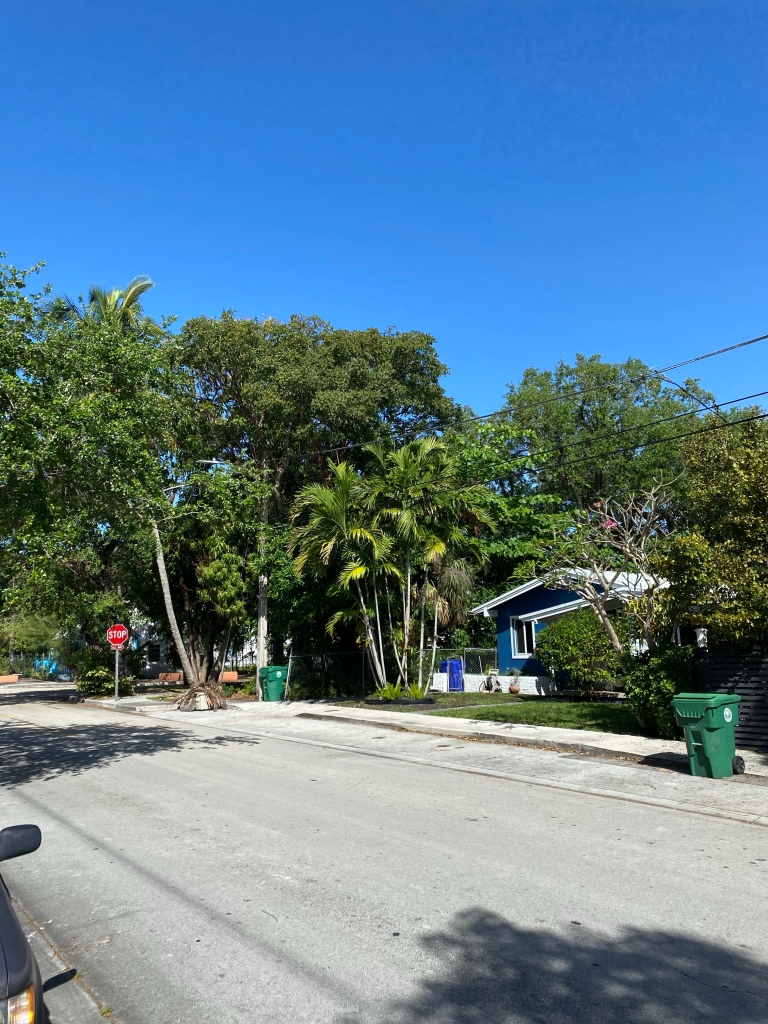
Another treasure we discovered was the one and only Christ Episcopal Church. The West Indian gem has been a focal point of the community since 1901, and although we did not attend service, I was still able to notice an accepting air as the mosaics displayed religious figures with dark skin. This is so monumental to me because I have been to many black churches in this country and in Kenya, my maternal country, but all of the churches showed a Jesus that was white as snow. From a black standpoint, so much has been fed to us as greatness because of European origins or affiliation. To have a black Jesus is to say that goodness comes from someone who looks like you. It might not mean a lot to other people but I’ll never forget it.

In our year long discovery of Miami, this is an area that I’ve been waiting to see since the first day of class. The Bahamian contribution has been greatly appreciated yet devastatingly misdirected towards rich men like Flagler and Merrick. Which made me think, where in my life do I credit the wrong people for what I cherish? Should I celebrate the writer of the movie or the person who won the Oscar? Should I applaud the construction worker along with the architect? I appreciate Bailly’s awareness of where we are and how it became what it is. I think it’s what I’ve learned most from this class and what I want to carry out into other parts of my life.
Key Biscayne as Text

The Oasis of Key Biscayne, before it was filled with colorful umbrellas on the shore and ice cream shops inland, was once home to the turtle hunting tribe known as the Tequesta. The seafaring native American tribe were some of the first to fish the Florida, and strategically built their villages on palm pilings to live at sea level, right next to their food supply.

The Tequesta people were written about extensively in the 1575 memoir Memoria de las cosas y vosta y indios de la Florida by Escalante de Fontaneda. He was a Columbian boy who landed in Key Biscayne after a shipwreck while sailing to go to school in Spain. After living in the area for 17 years, he saw every part of life, writing, ““The common food is fish, turtles, and snails, and tunny and whale; which is what I saw while I was among these Indians. Some eat sea wolves; not all of them for there is a distinction between the higher and lower classes, but the principal persons eat them.”
Change came in waves for the Tequesta, notably, in 1563, Pedro Menéndez de Avila, an explorer sent by the King of Spain to St. Augustine, arrived to the island to take refuge from a hurricane and later tried to convert the Tequesta into Catholics which led to hostility and conflict.

Gergio Deluci/Courtesy of L. Prang & Co., Boston/Wikimedia Commons
The island became known by colonizers as Vizcaya, named after the Spaniard province of Biscay in the Iberian region by a Spanish sailor after he shipwrecked on the island. Though along with rest of Florida Vizcaya was handed over to the English from the Spanish until the revolution ended the British control, leading to Florida being return back to Spain, who in 1825 handed it over to the US. Around that time, the Cape Florida Lighthouse was erected and still stands today.

Soon, Key Biscayne had farmers setting up plantations of exotic fruits, naturalists coming to see its subtropical flora and fauna, which attracted many tourists who came to see the island’s world renowned beauty. After the Second World War Key Biscayne was still largely underdeveloped, but after the building of the Rickenbacker Causeway major developments were made and the population increased exponentially. The Villages of Key Biscayne in 1950 by the Mackle brothers, the houses built went for at most $10,000, mostly sold to veterans of the war. Now, these houses known also as “Mackles,” go for one million dollars, though now they are scarce.

Key Biscayne eventually gained enough popularity to became vacation paradise for influential Americans, such as the 37th president Richard Nixon who had a ranch style compound as his winter retreat, he chose the area because his friend Charles “Bebe” Rebozzo owned the only bank on the island. Nixon spent huge amounts of time at compound during and after his presidency leading to it being dubbed the “Florida White House”. Most of Key Biscayne is now mansions and condos, also it has become expensive but it stills has some its original beauty from the Tequesta period such as Bill Baggs State Park that still contains the native plants of that time.

The beauties of Key Biscayne reveals itself in each visit. The treasures the Tequesta got to live under and people went out of their way to experience is still here in eastern Dade County, and each minute on the Key is a minute to be savored.
